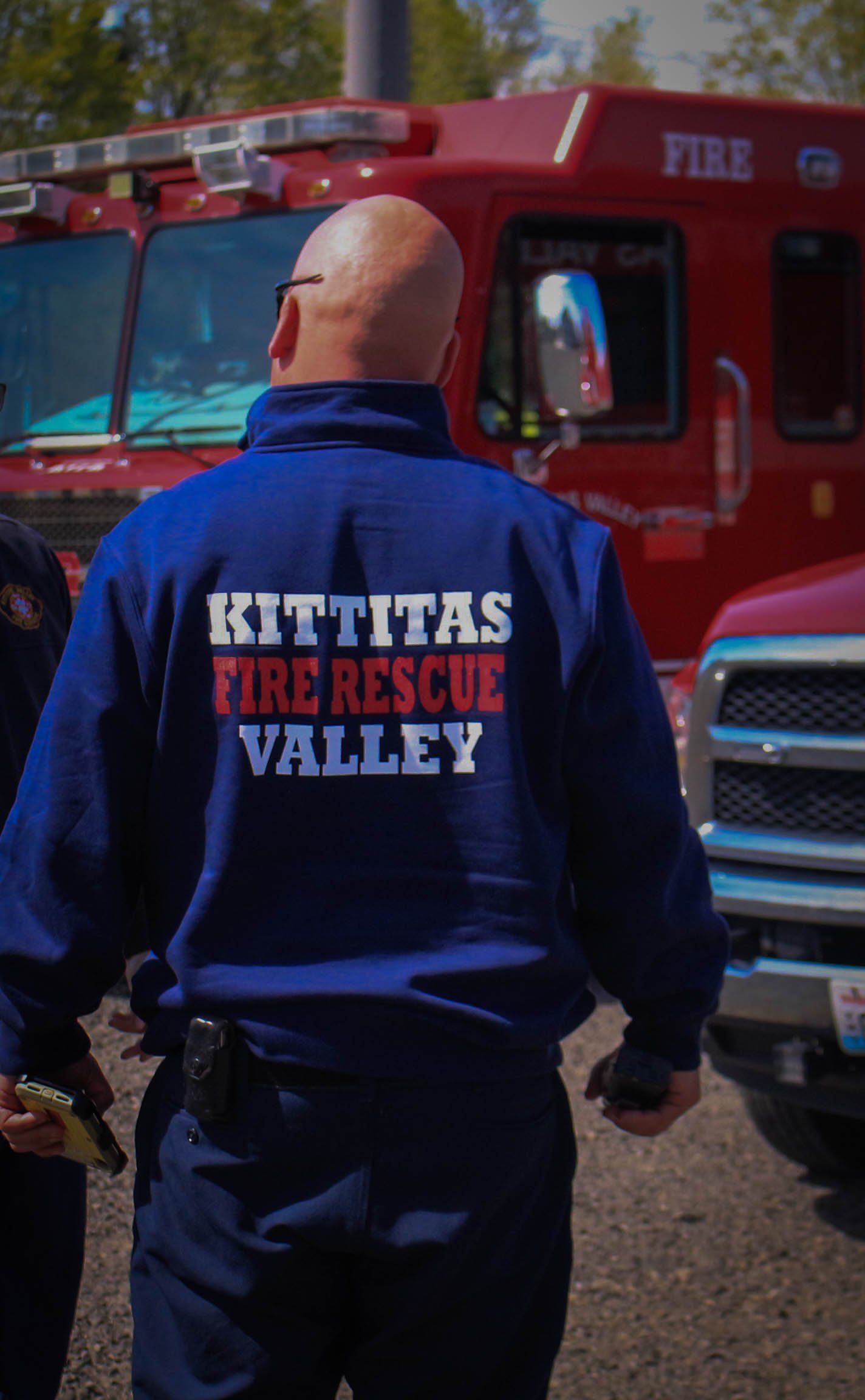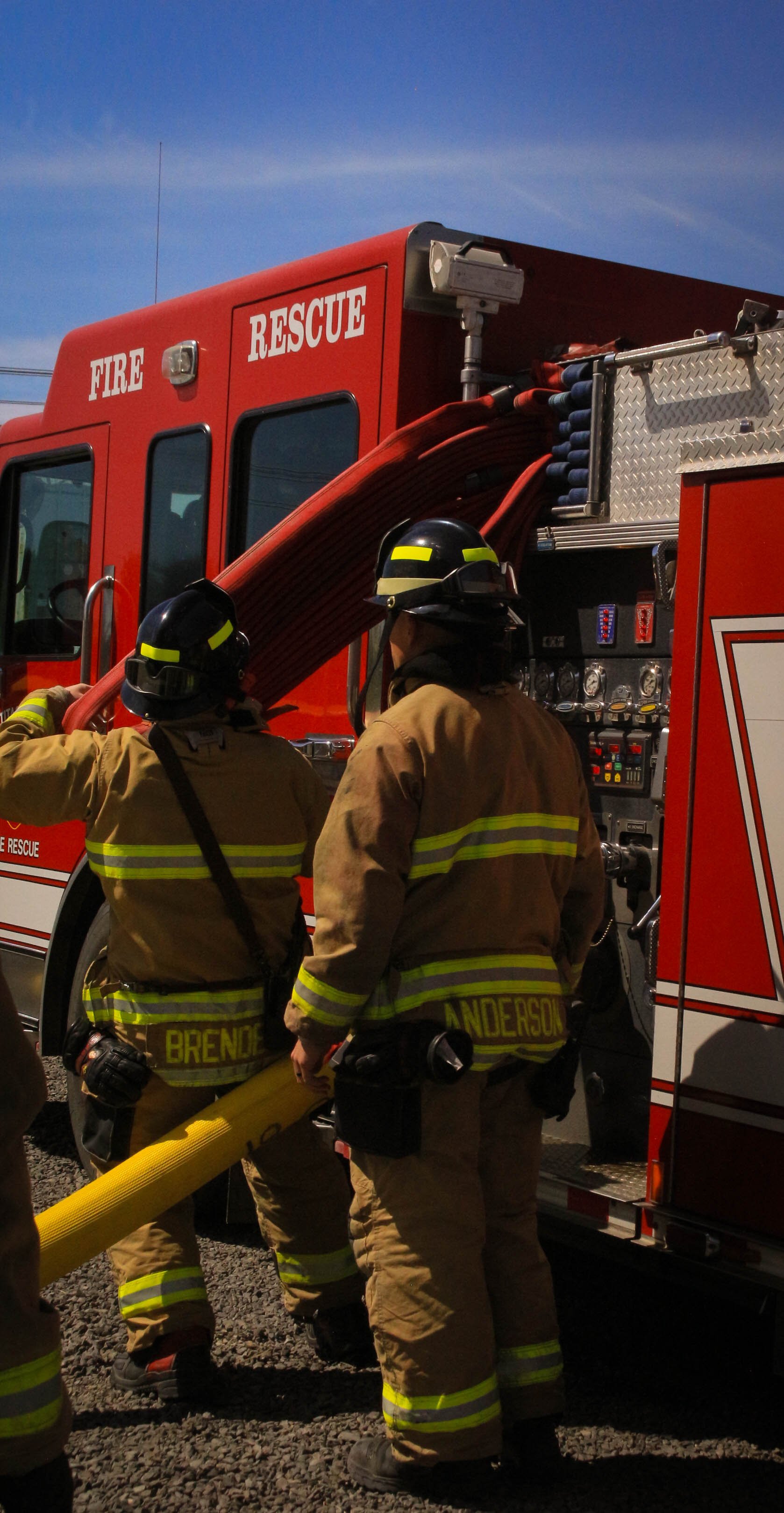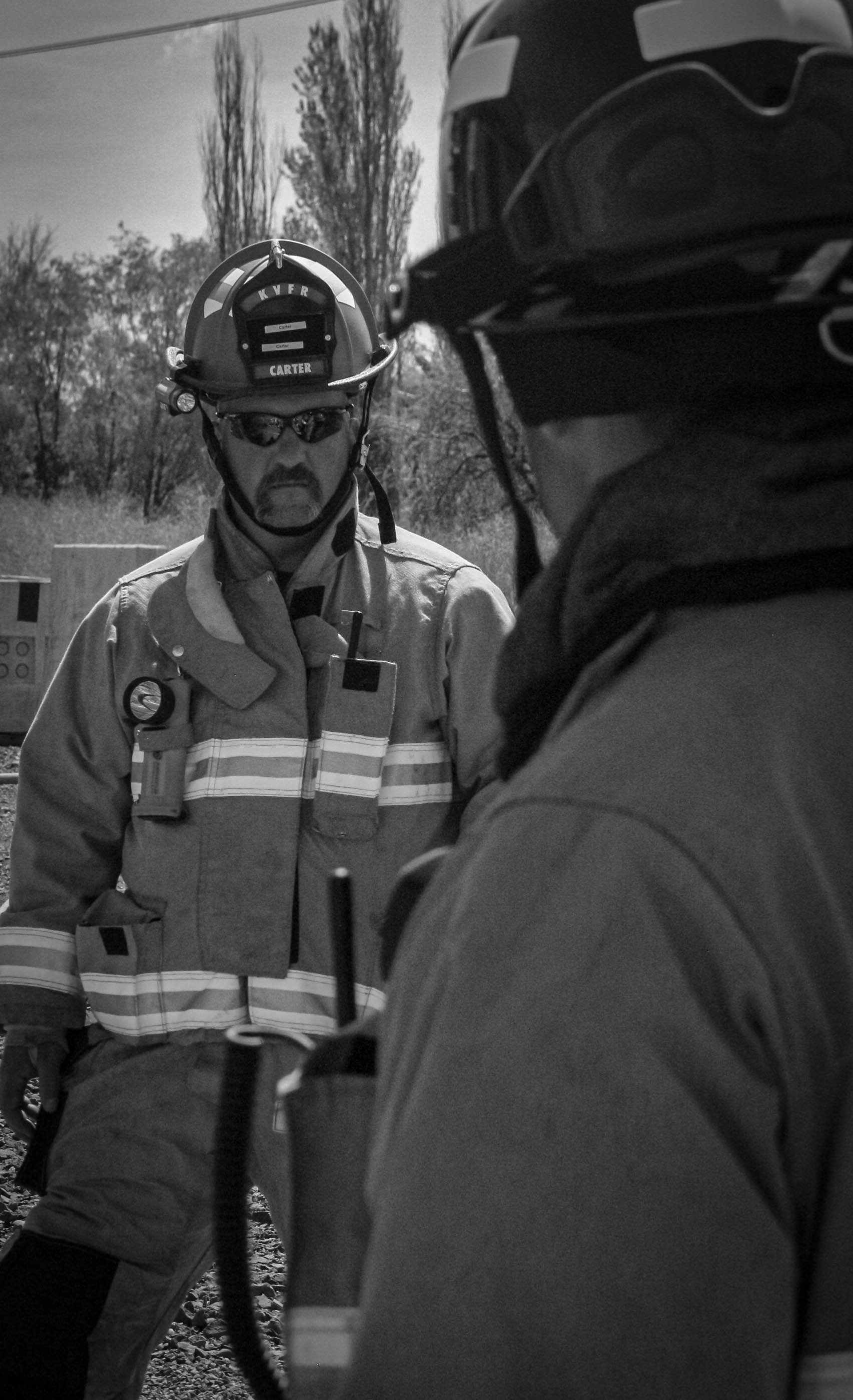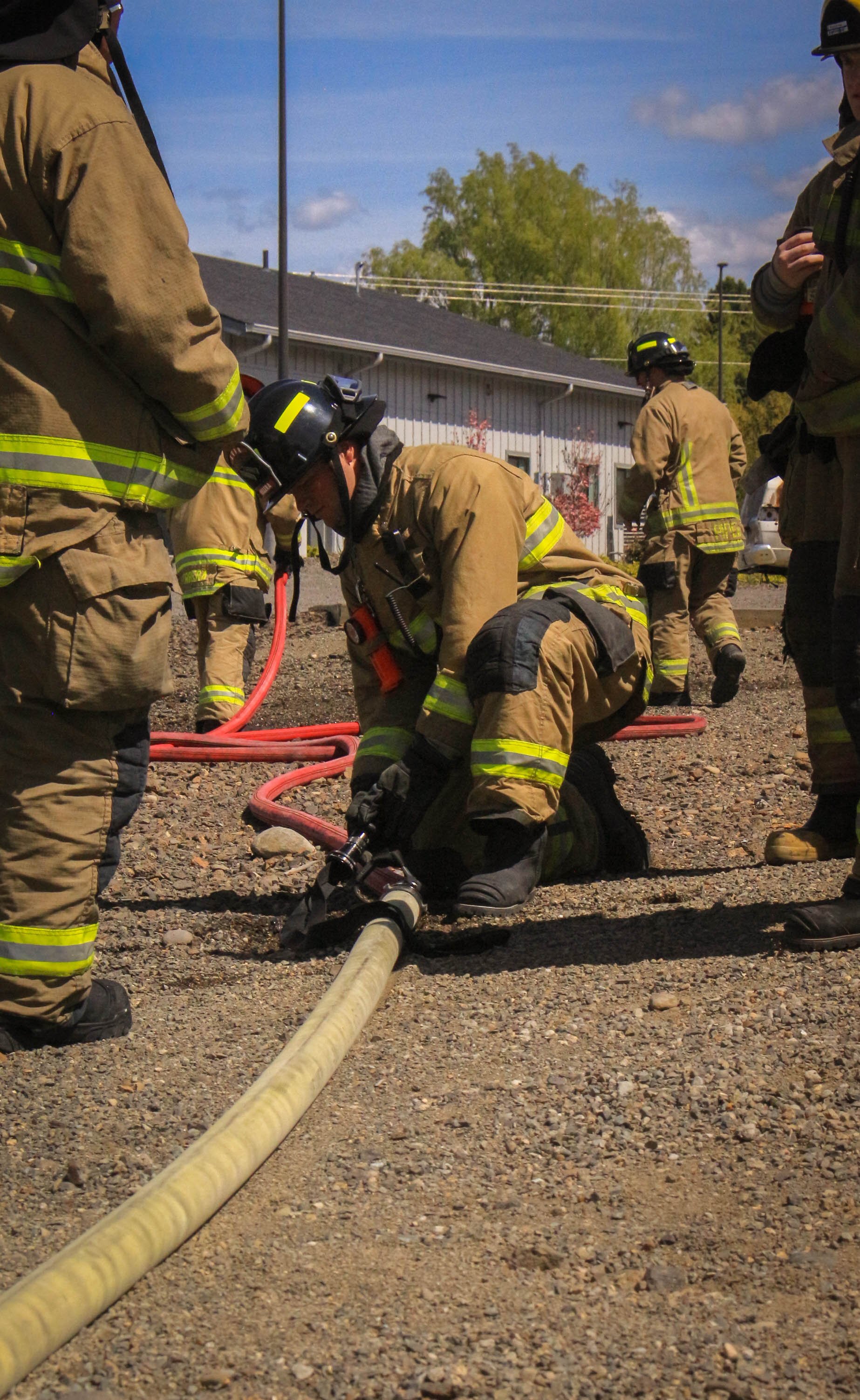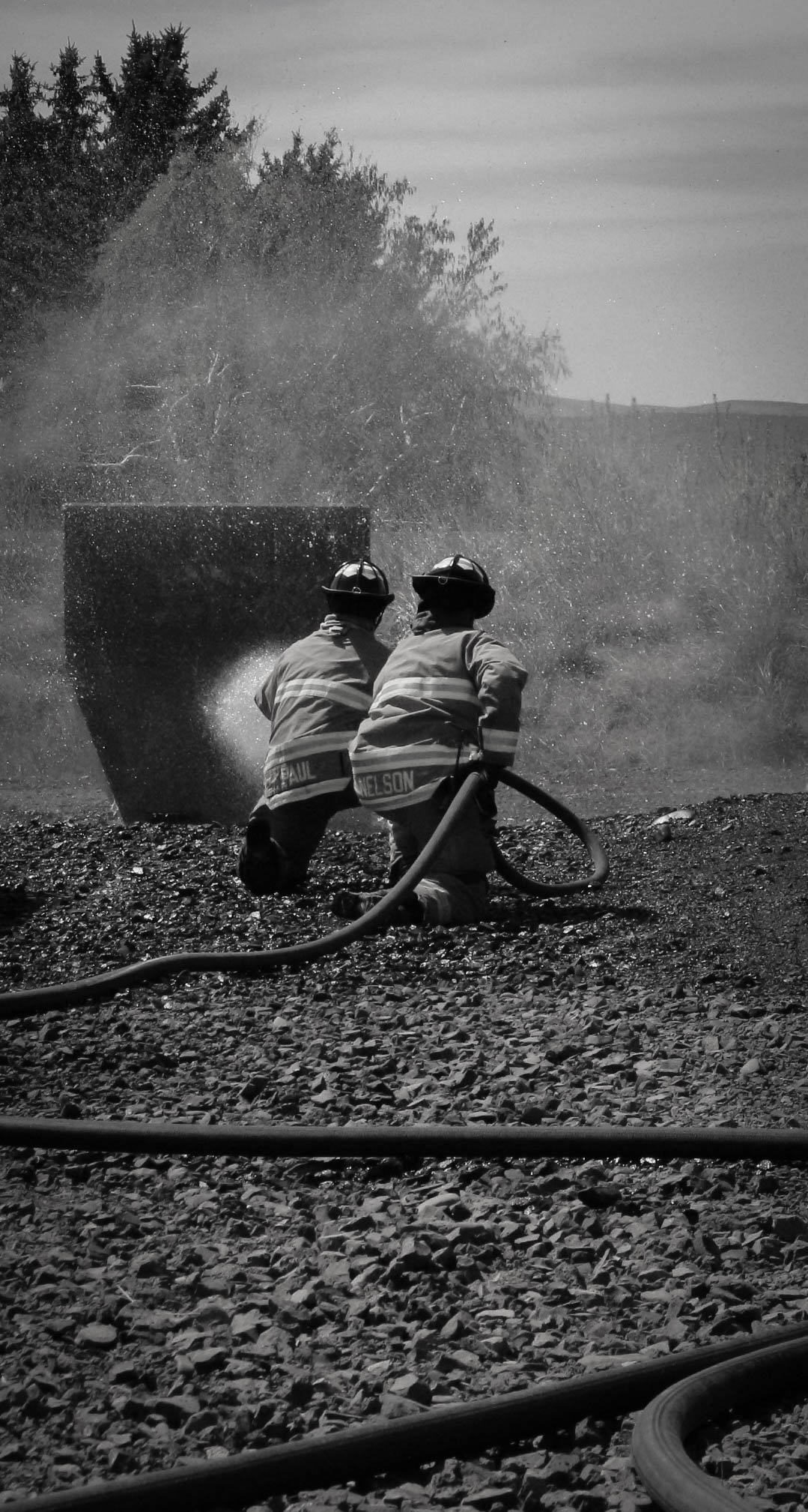Day in the Life of Firefighters
story by Yohanes Goodell, photos by Yohanes Goodell and Lindsie Avalos, design by Alejandro Vizcarra
On a windy Wednesday morning the sun peeked from the clouds, and the smell of coffee wafted through the hallways of the Kittitas Valley Fire and Rescue, also known as KVFR. In fire station 2-9 on Mountain View Avenue, firefighters populate the building. Some teams hustle to head out for an emergency call, while others enjoy a cup of coffee before their long and busy day ahead.
At station 2-9, a typical week is divided into three or four shifts made up of different teams. Each shift lasts for 24 hours and as a firefighter, one must always be prepared for any emergency. The firefighters at (KVFR) embody both a unique skill set and a strenuous work ethic, as they are professionally trained in both responding to fires and medical-related incidents. Lindsie Avalos, a fellow PULSE photographer, and I had the unique opportunity of following the life of the firefighters in Ellensburg, Washington. We spent a full 24 hour shift with the crew, entering the station to start our shift at 8 a.m. and heading home at 8 a.m. the next day.
During the shift, I had the opportunity to sit down with our shift’s leader, Administrative Captain Paramedic Jason Carter. I asked Captain Carter for any advice he has for working in the fire department, a career he has sustained for more than 20 years. "[S]imilar to the things that make anyone successful at what they're passionate about," he replied. "Hard work, dedication, attention to detail, always being a student, taking care of yourself and taking care of the people around you. When you love your job, you don't consider it as work." Captain Carter’s words, while showcasing the true embodiment of a leader, also encapsulates the livelihood of a firefighter. While their shifts are stressful and filled with numerous tasks, they know that through camaraderie and communication, firefighters can face a new call and ultimately, a new day, with the support from each other.

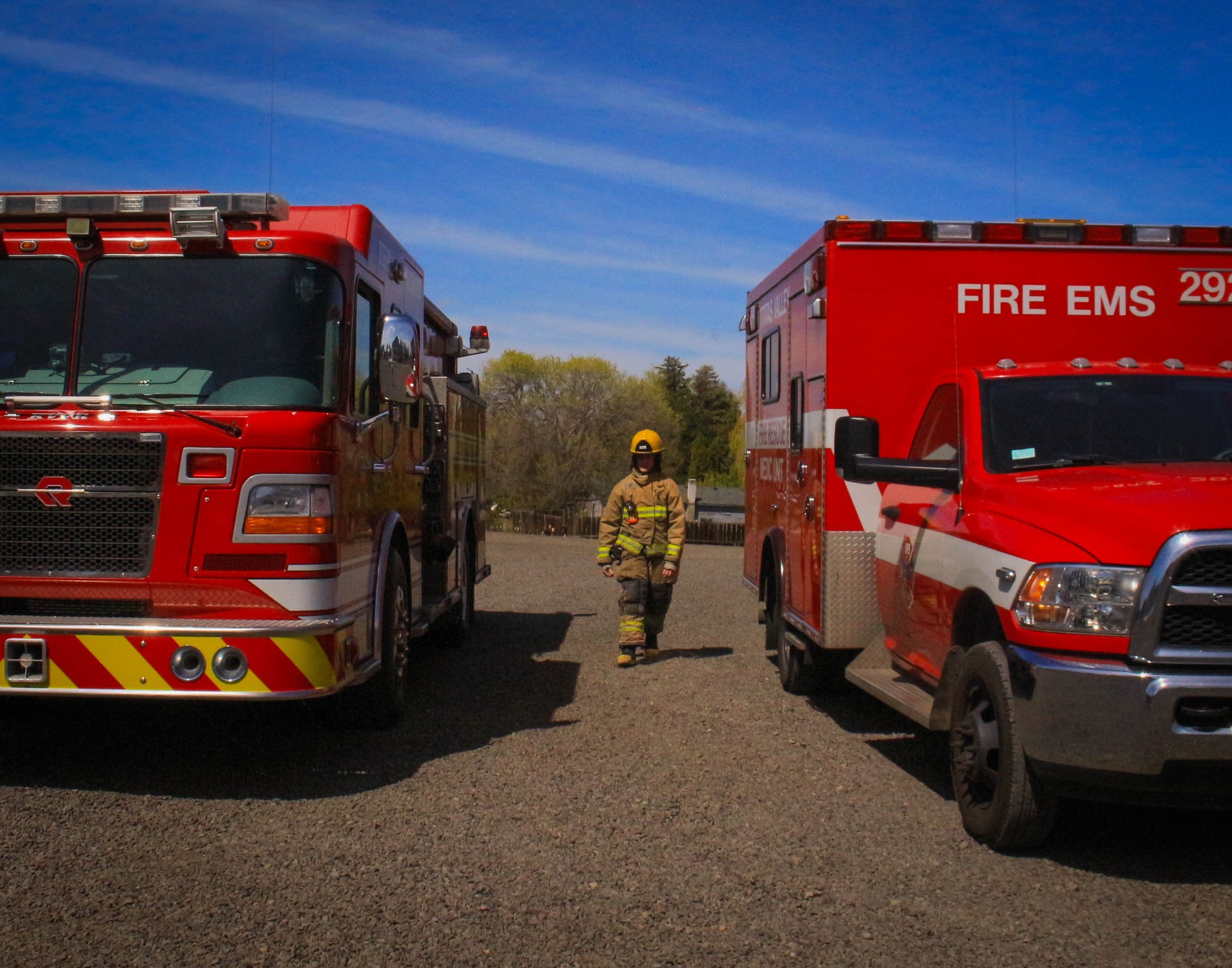
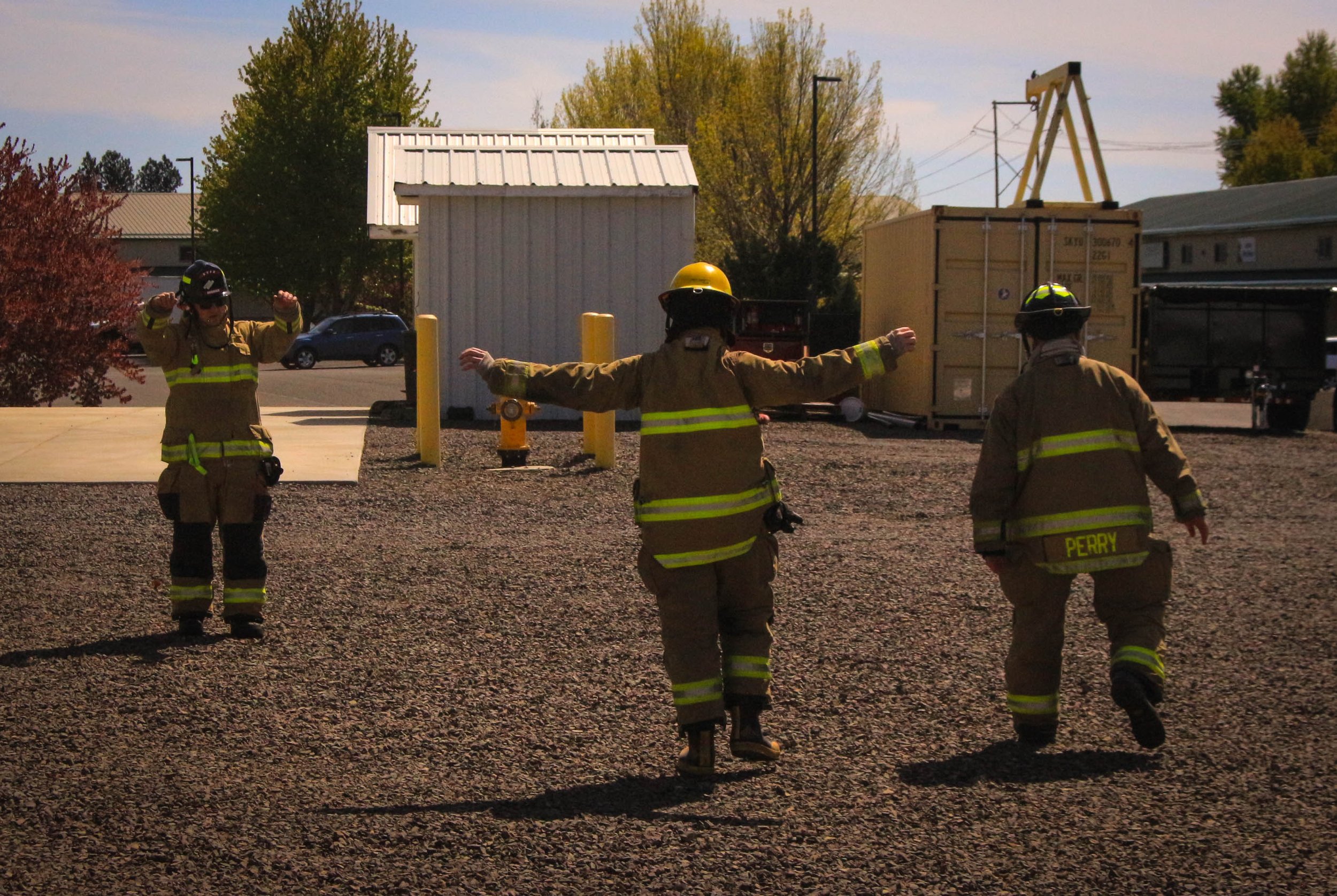
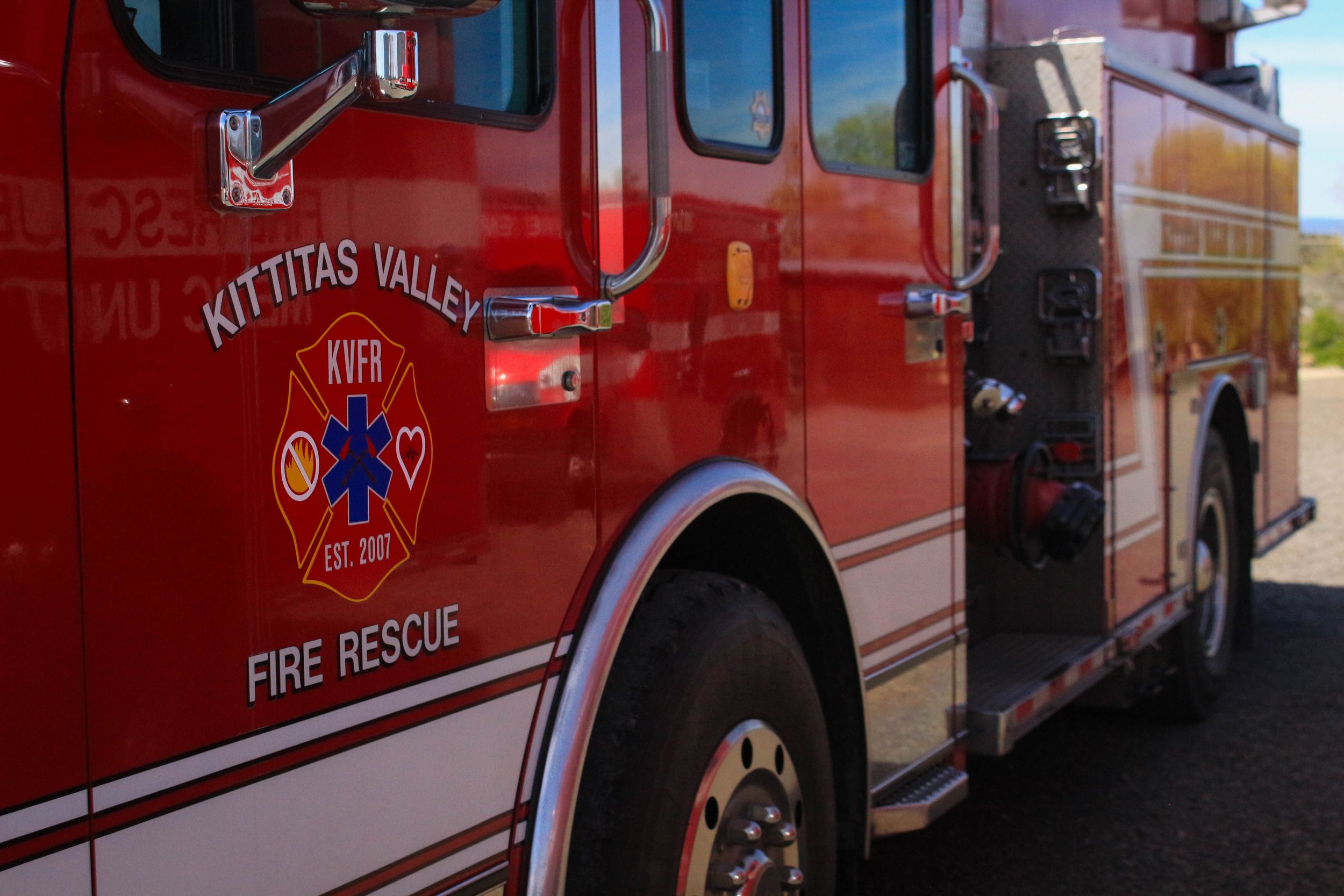
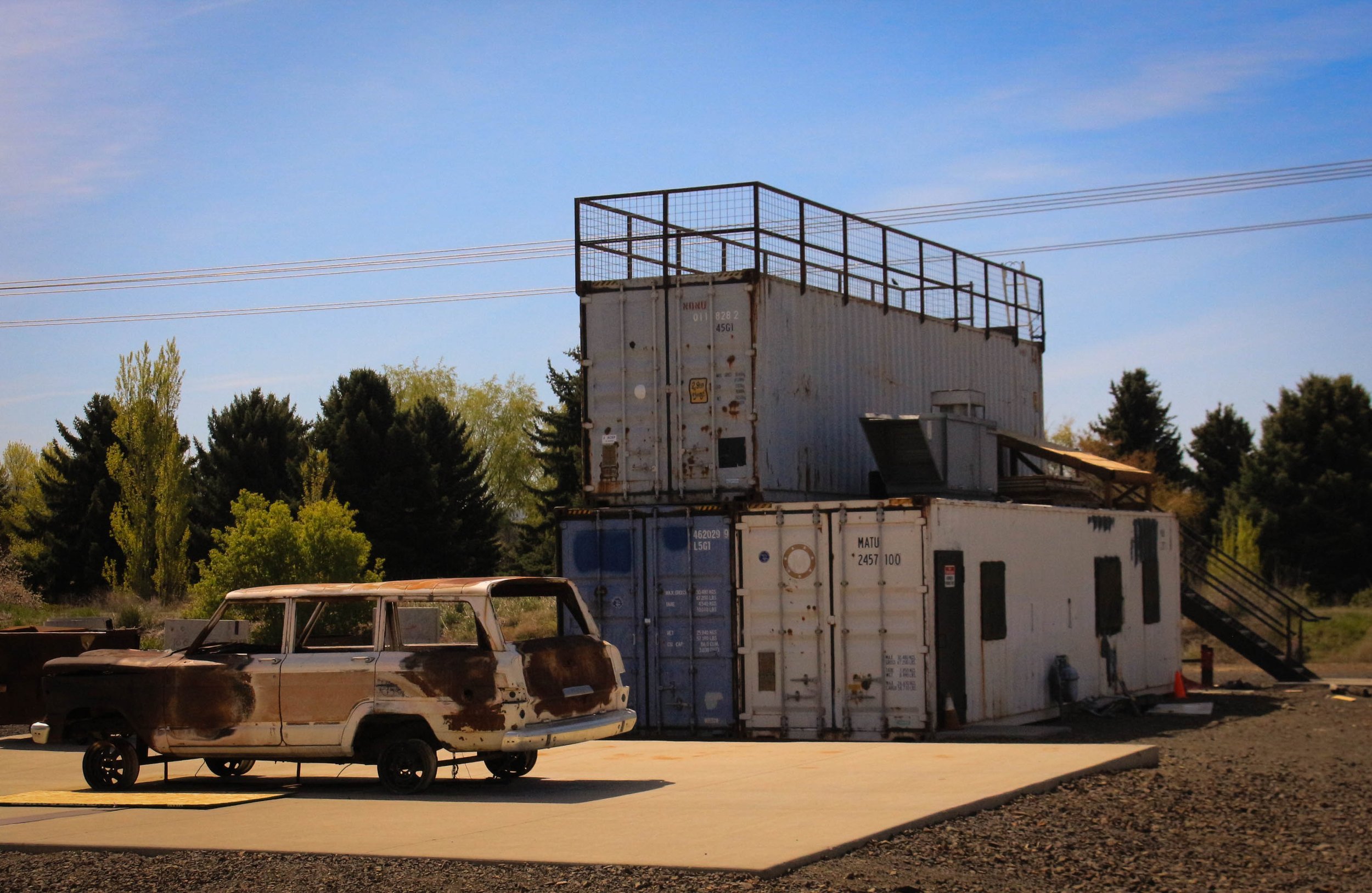
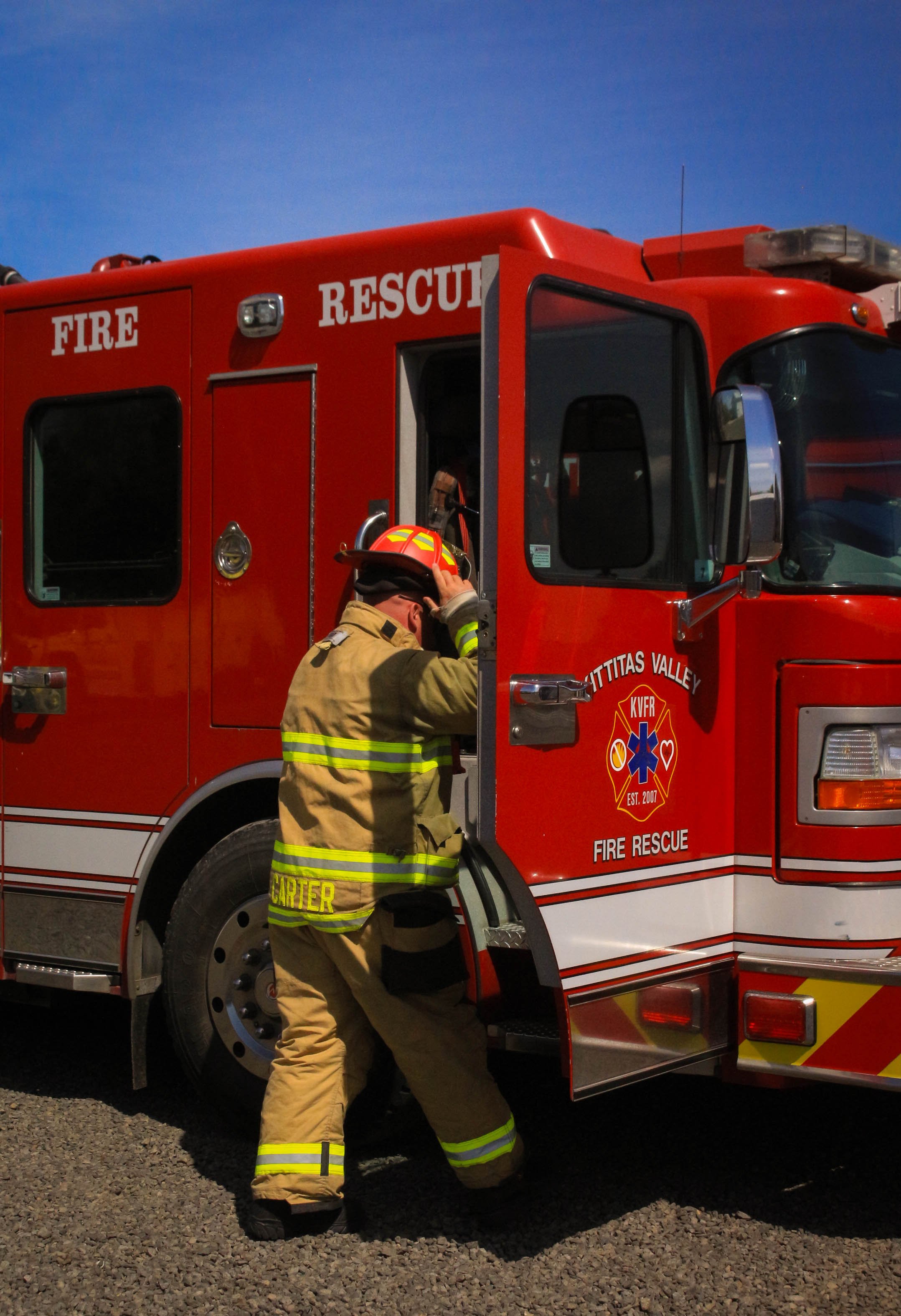
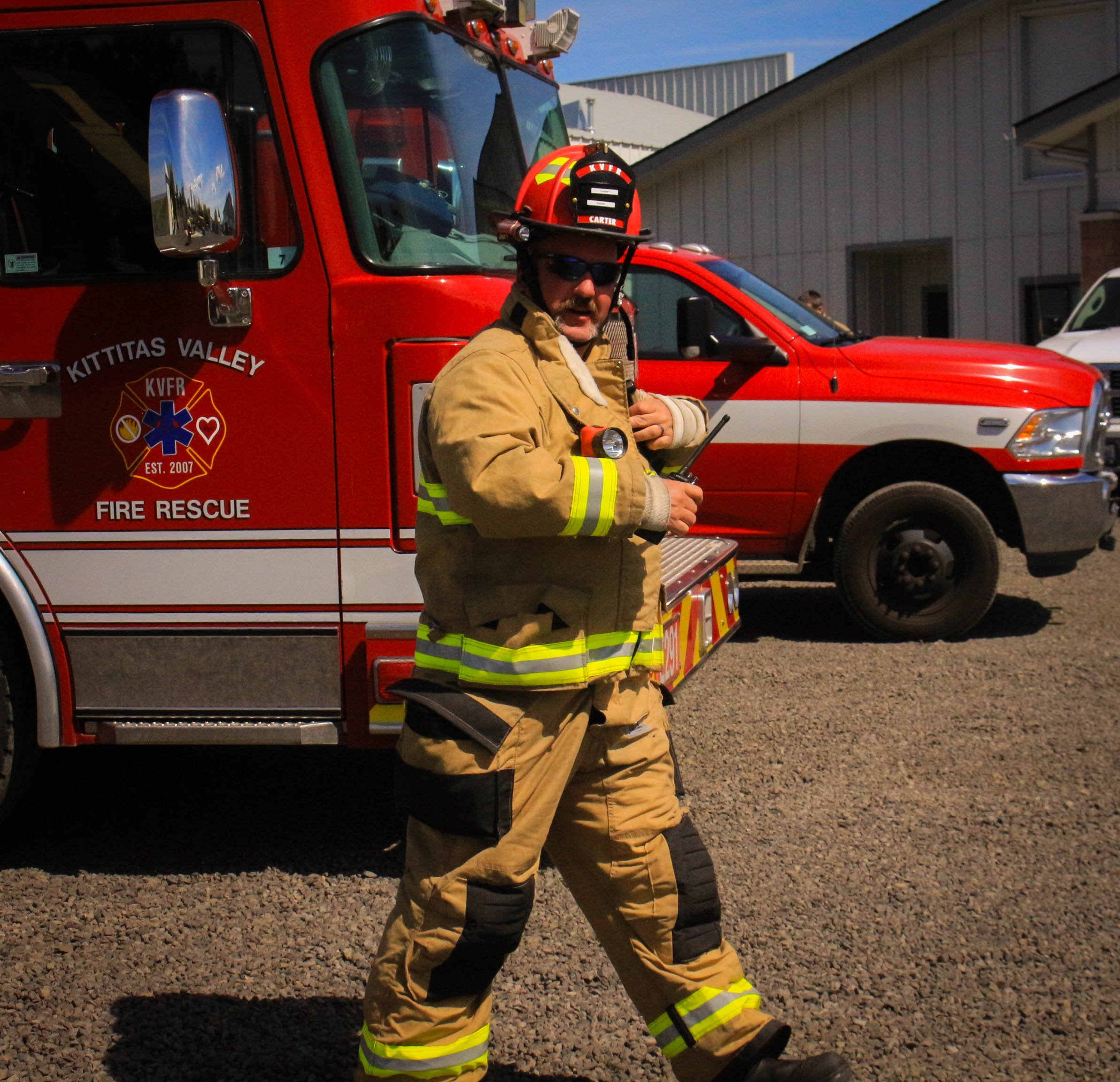


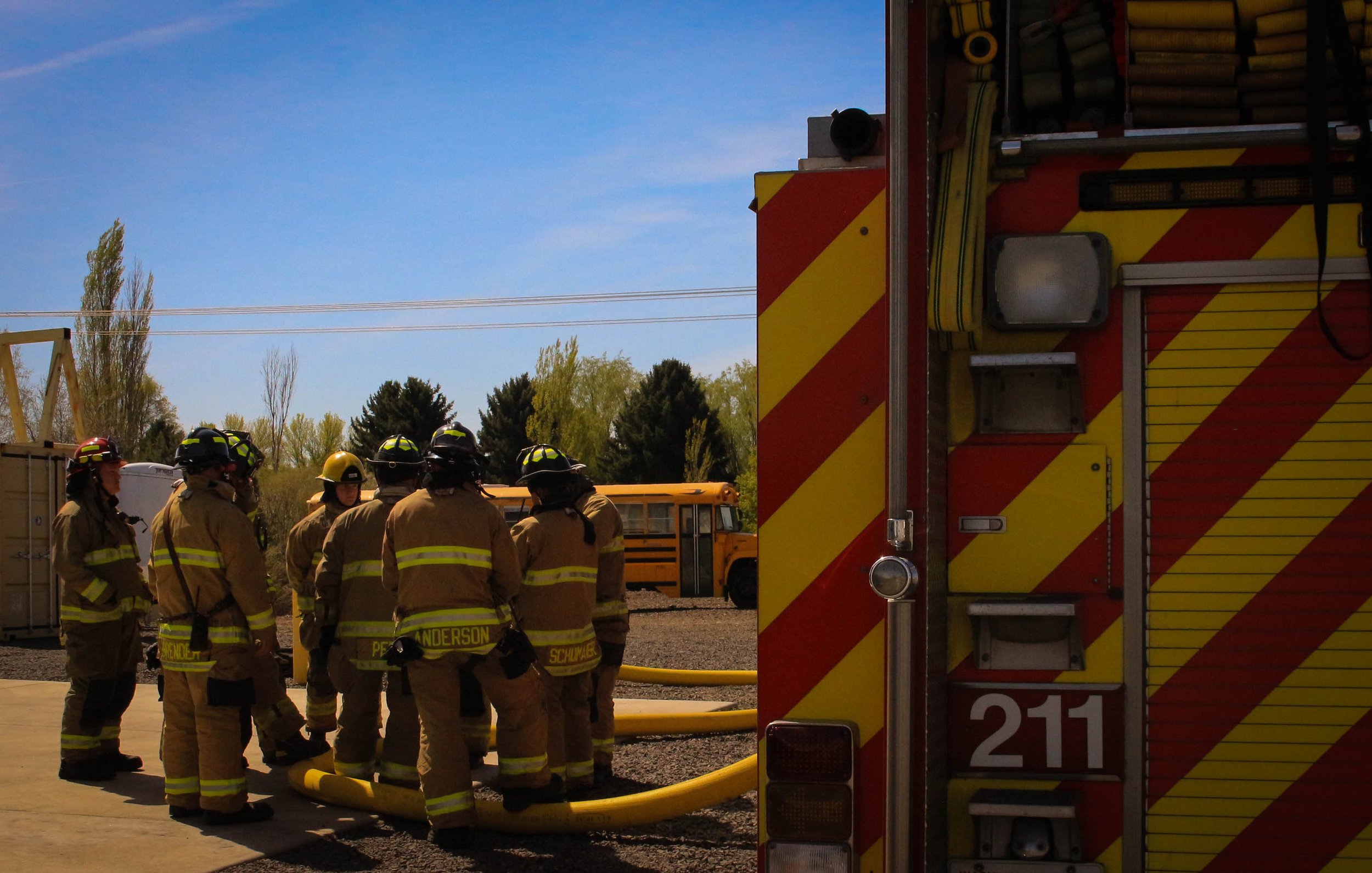

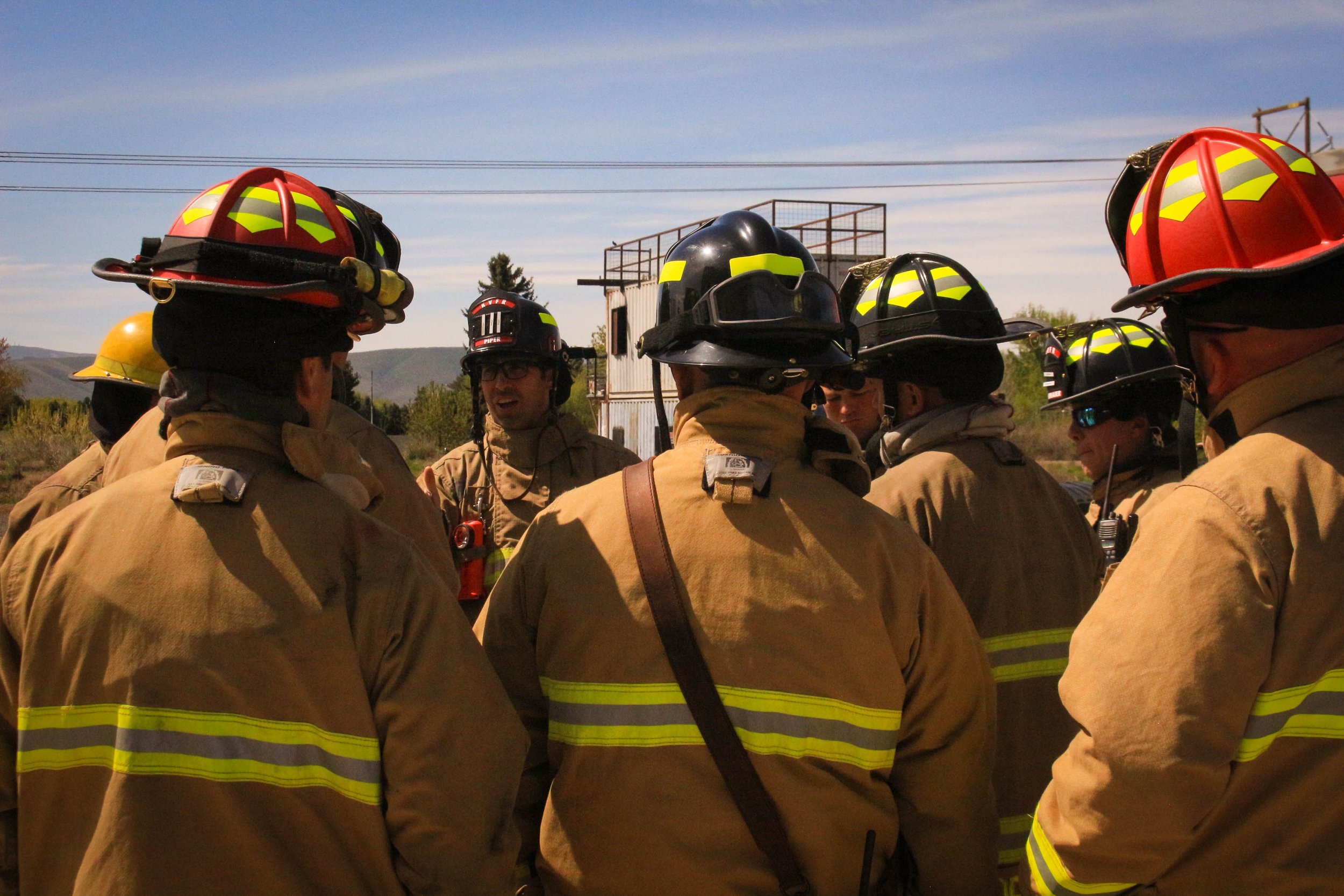







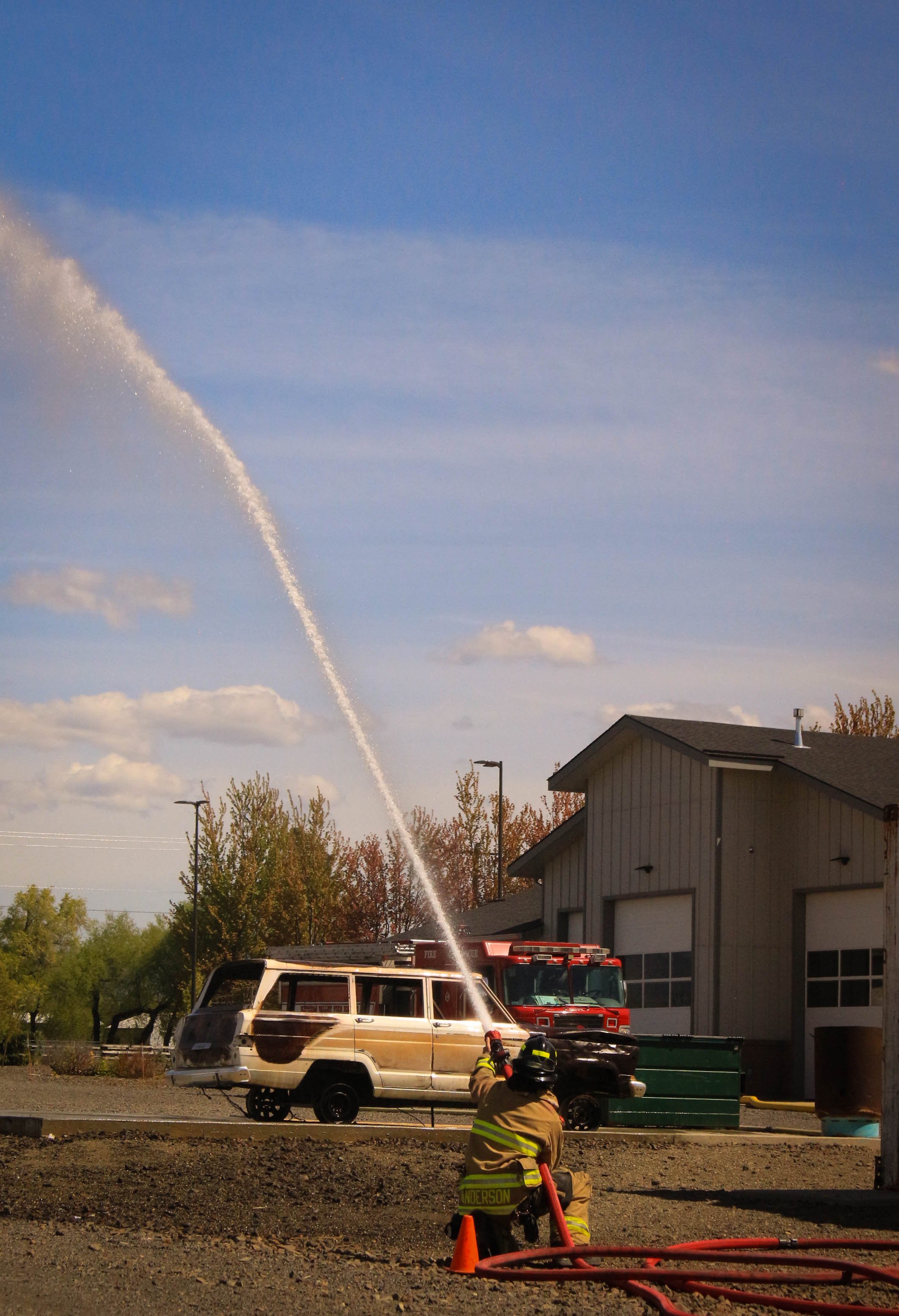

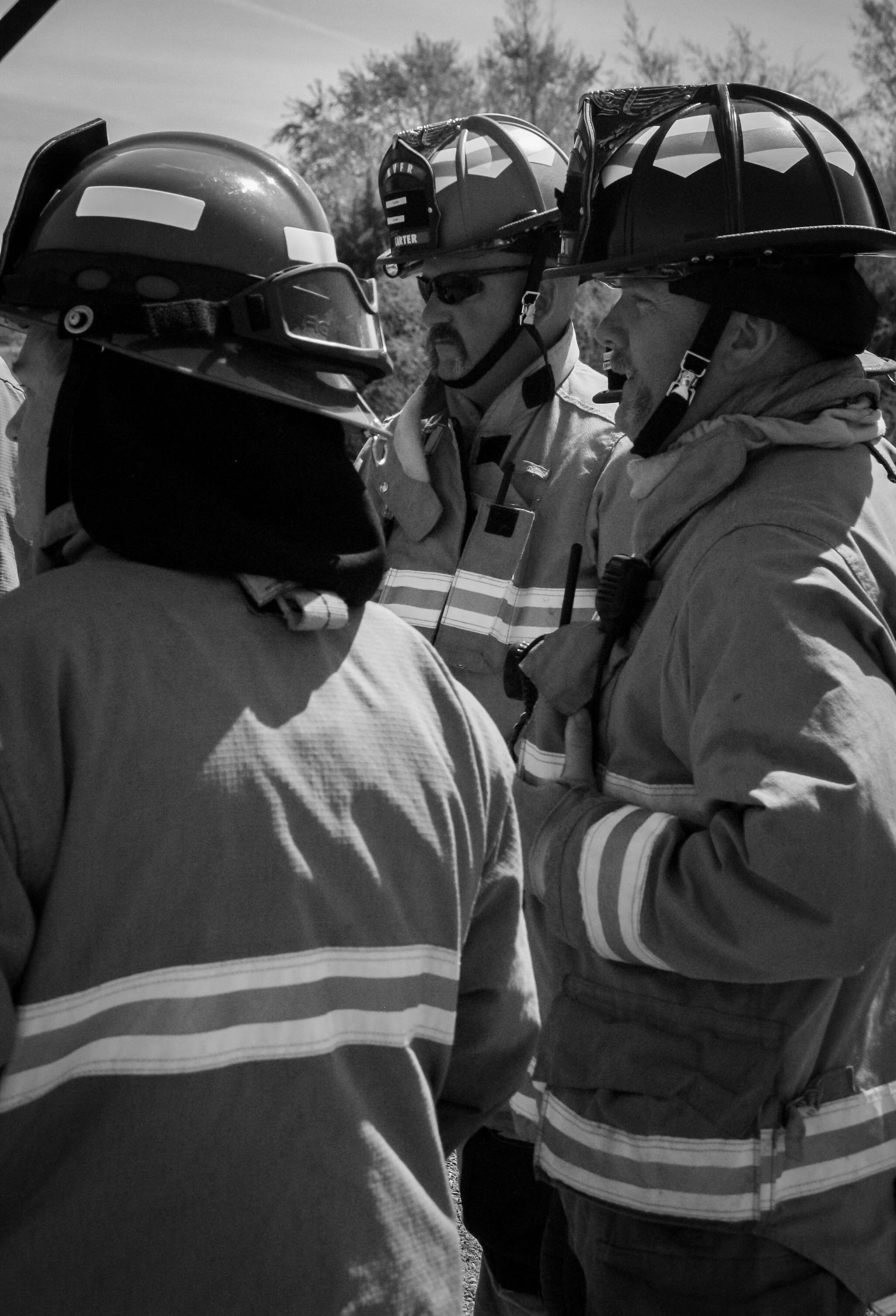

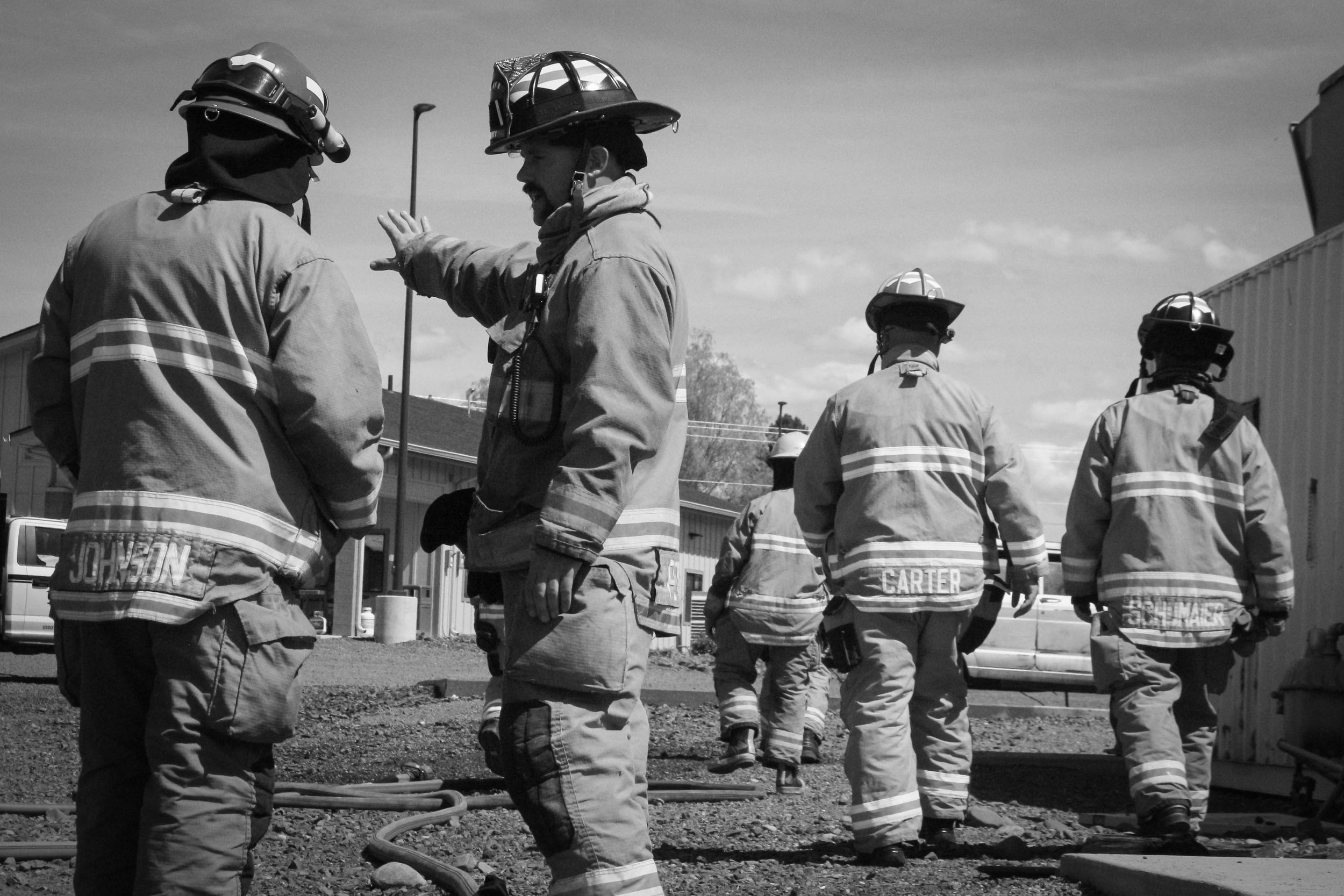
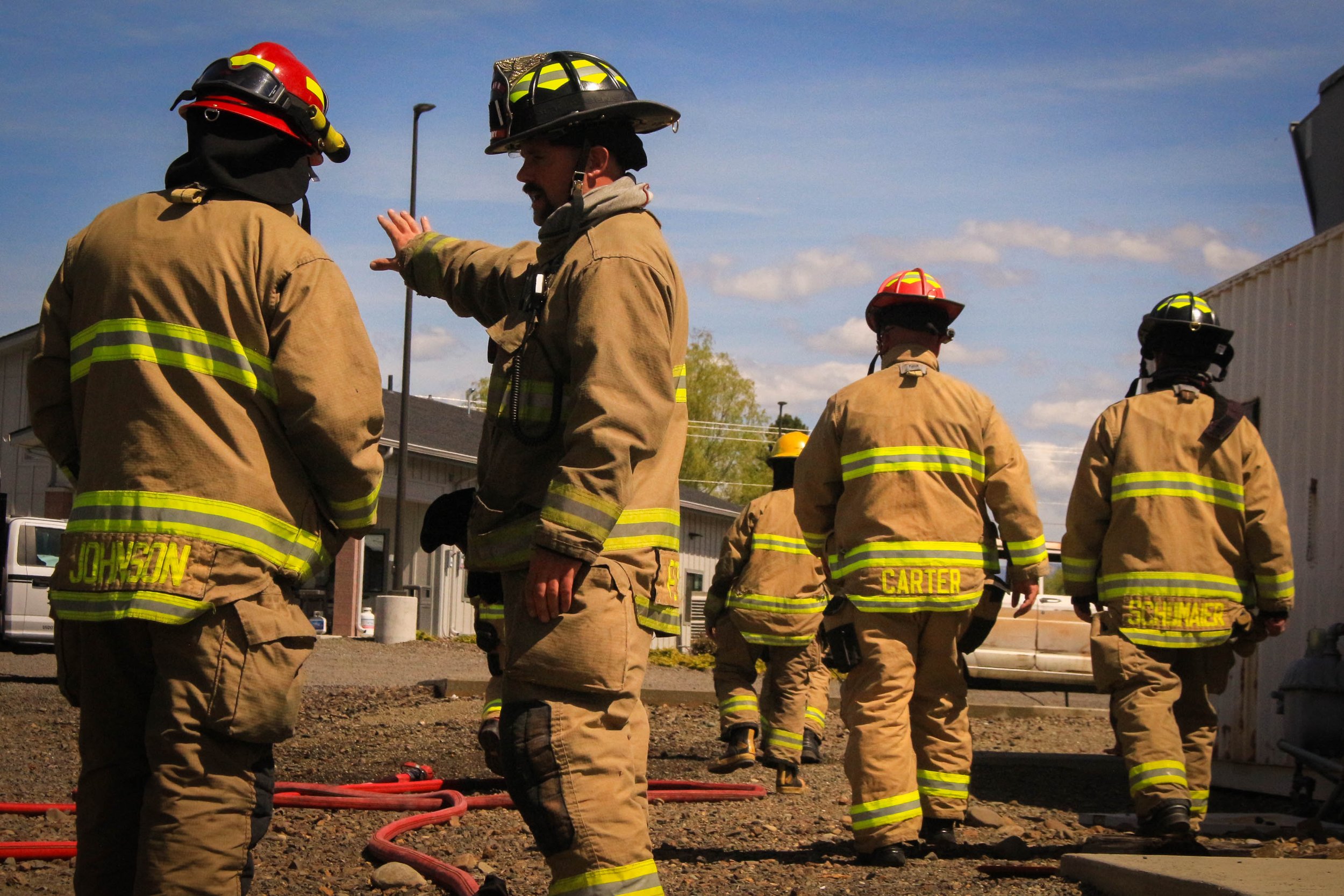
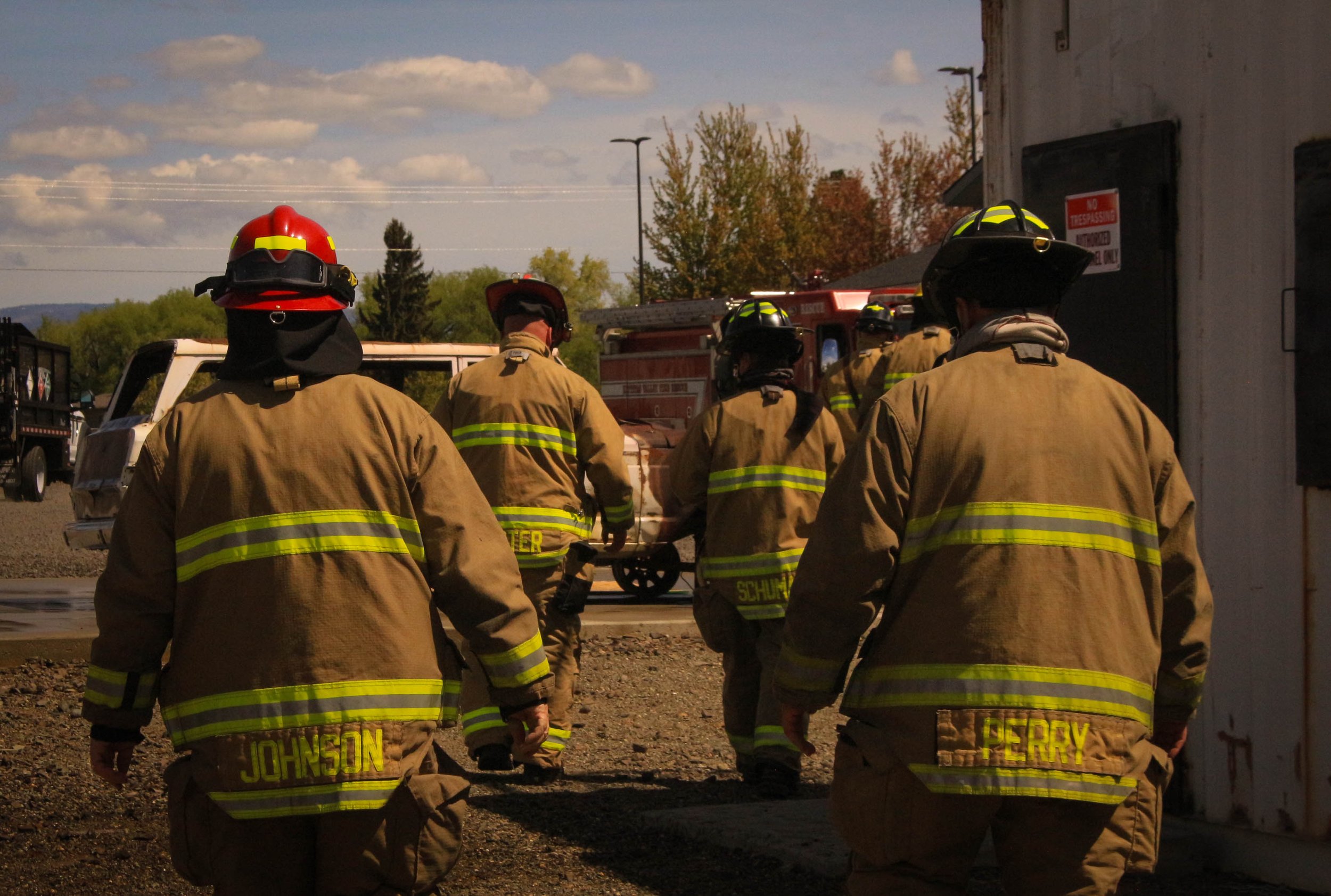


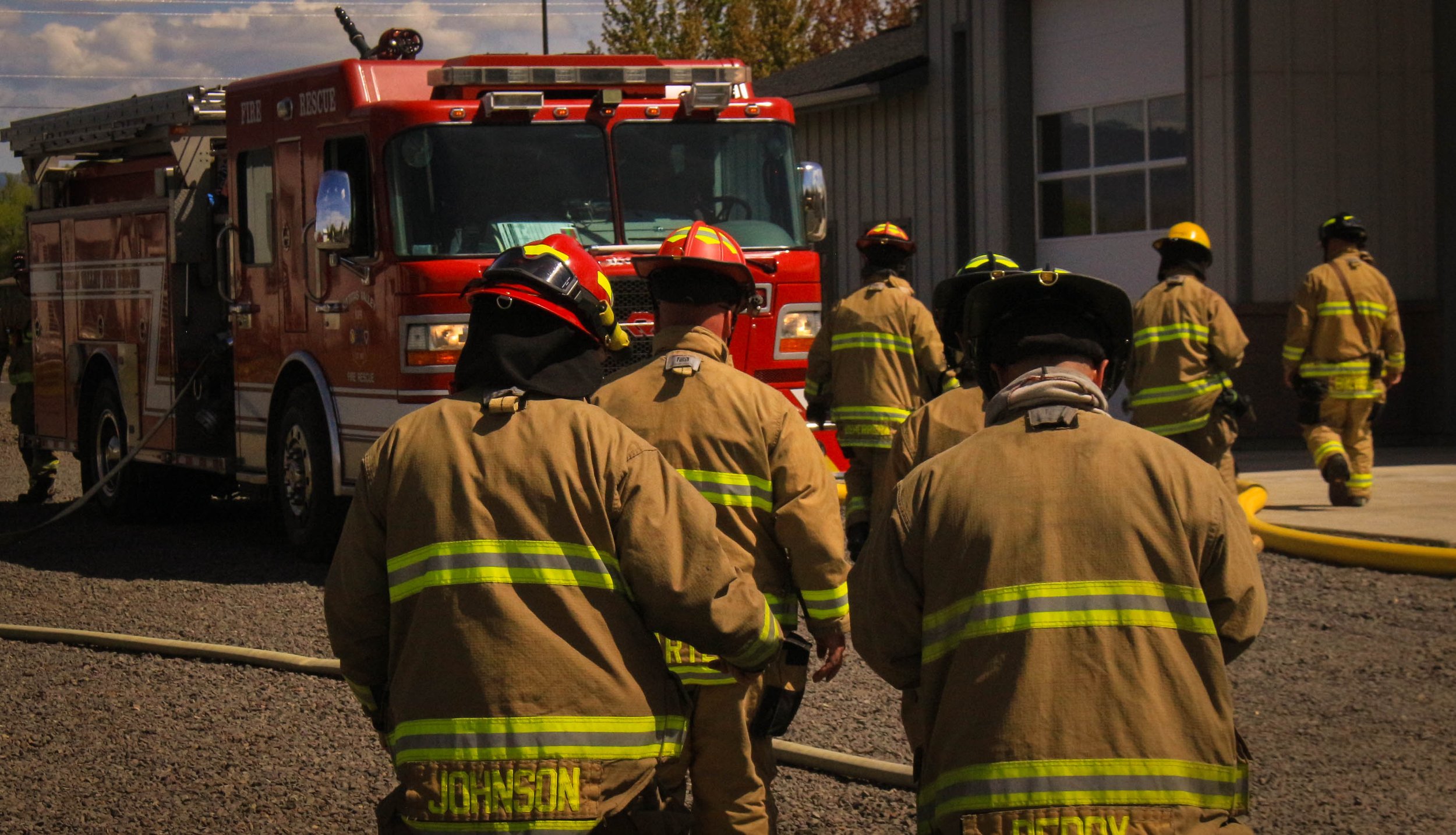
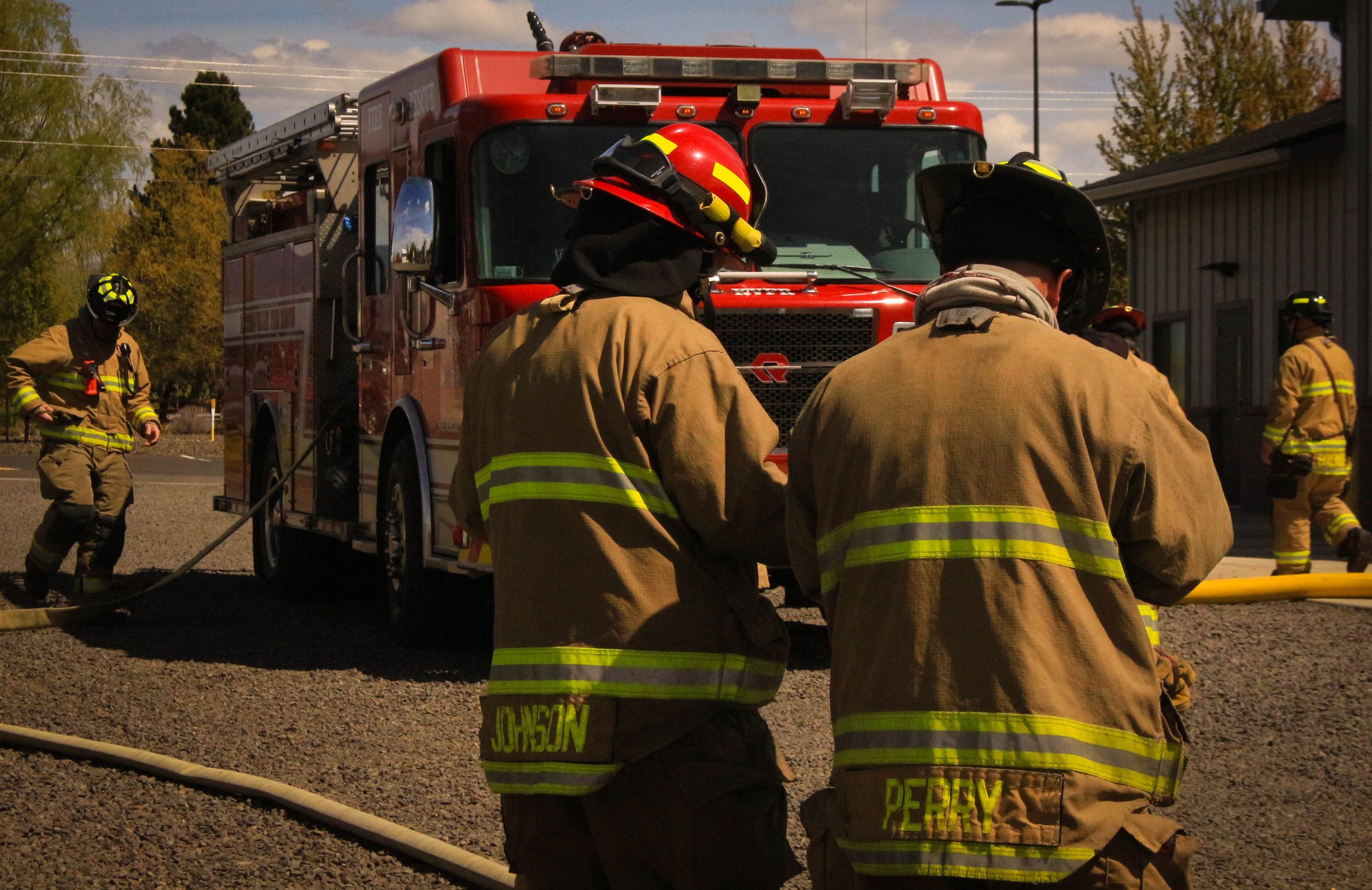
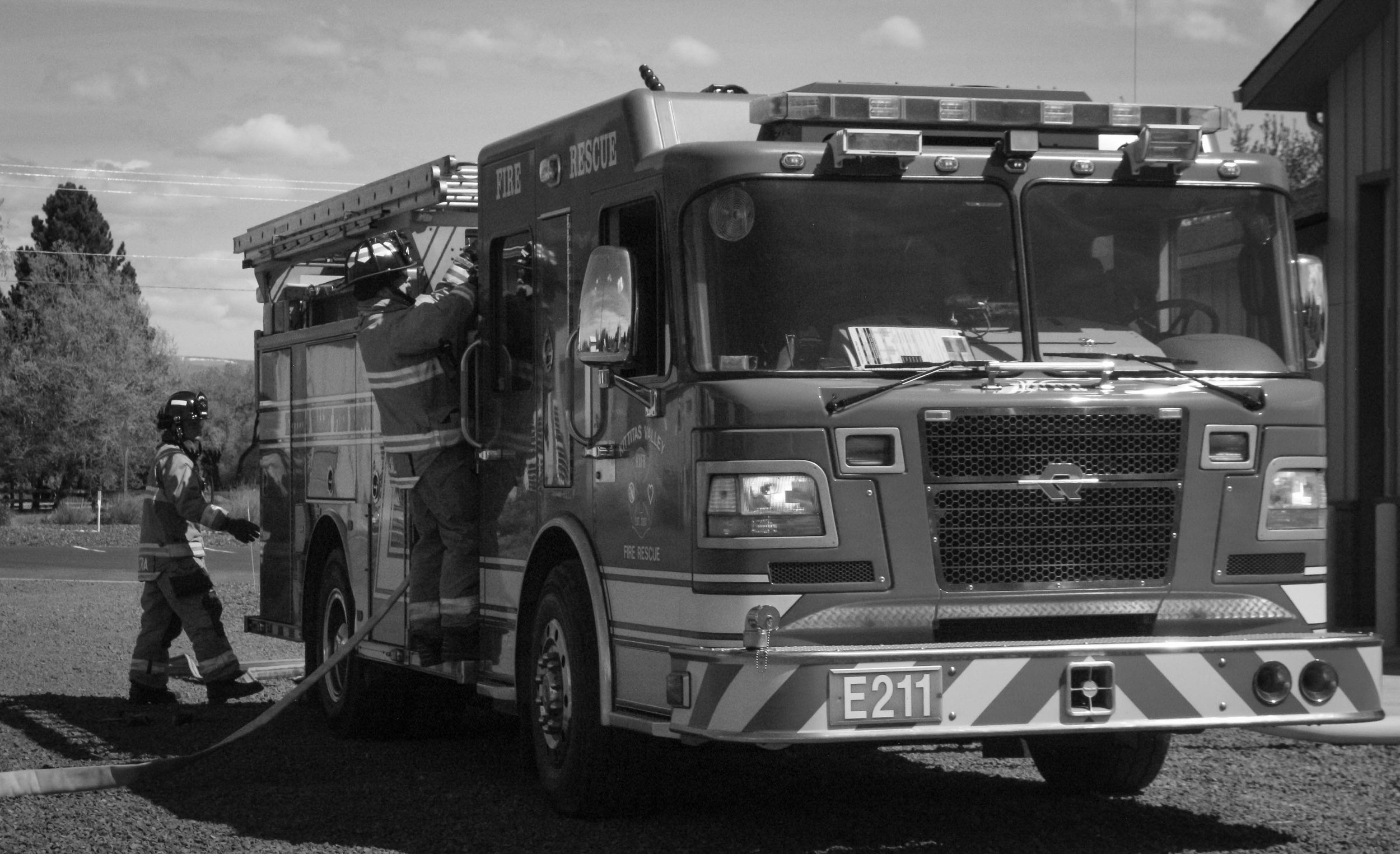
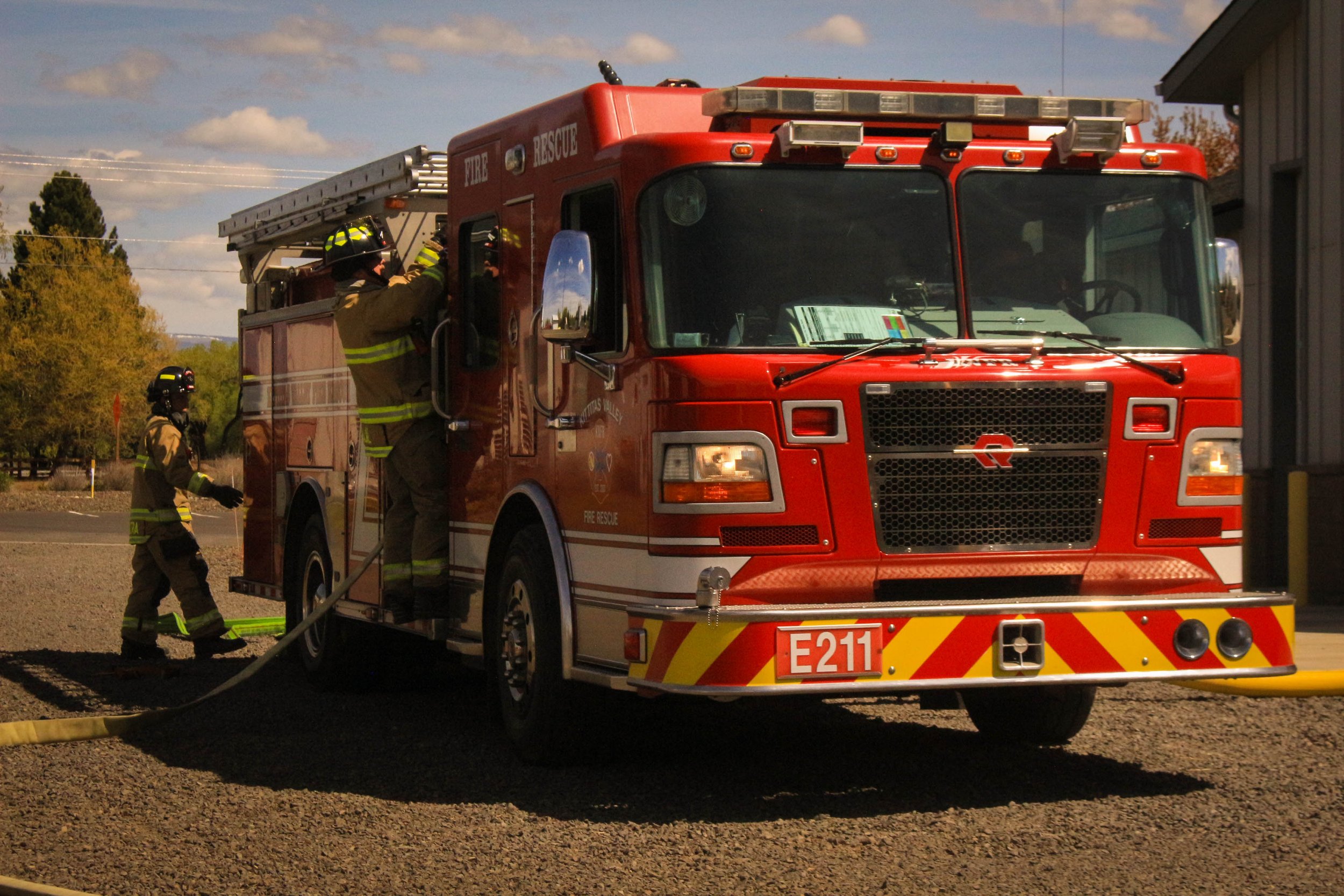
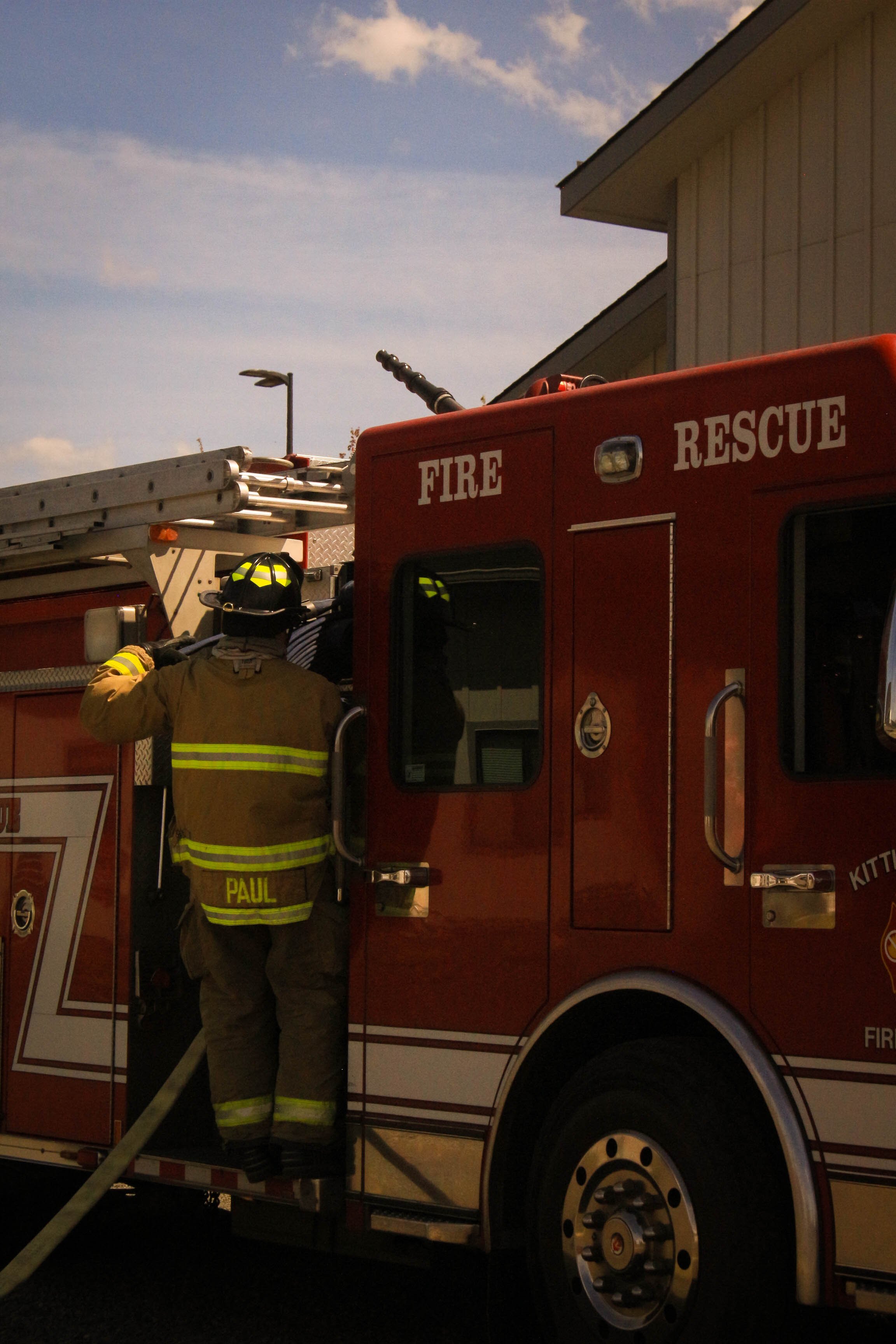



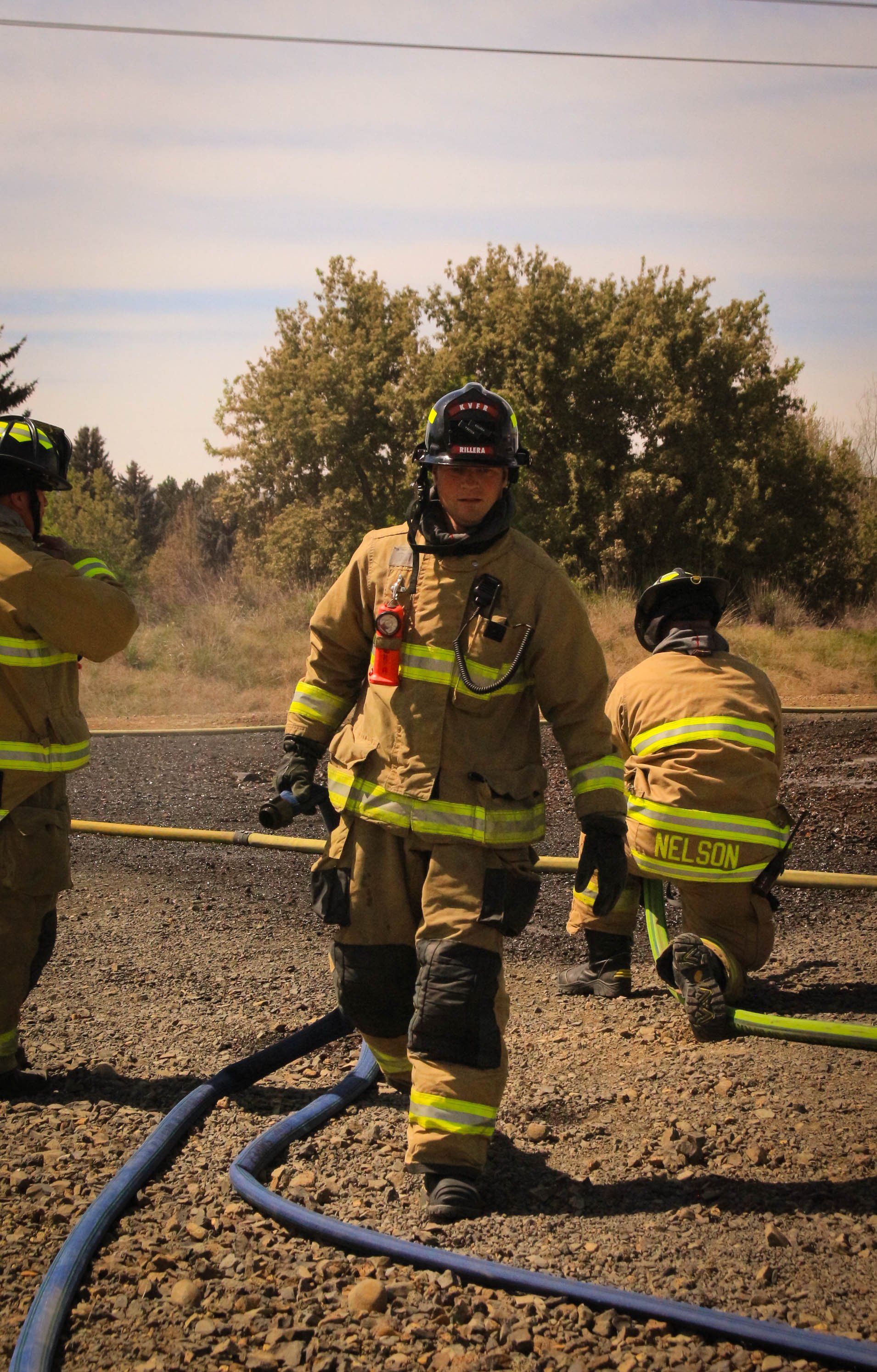







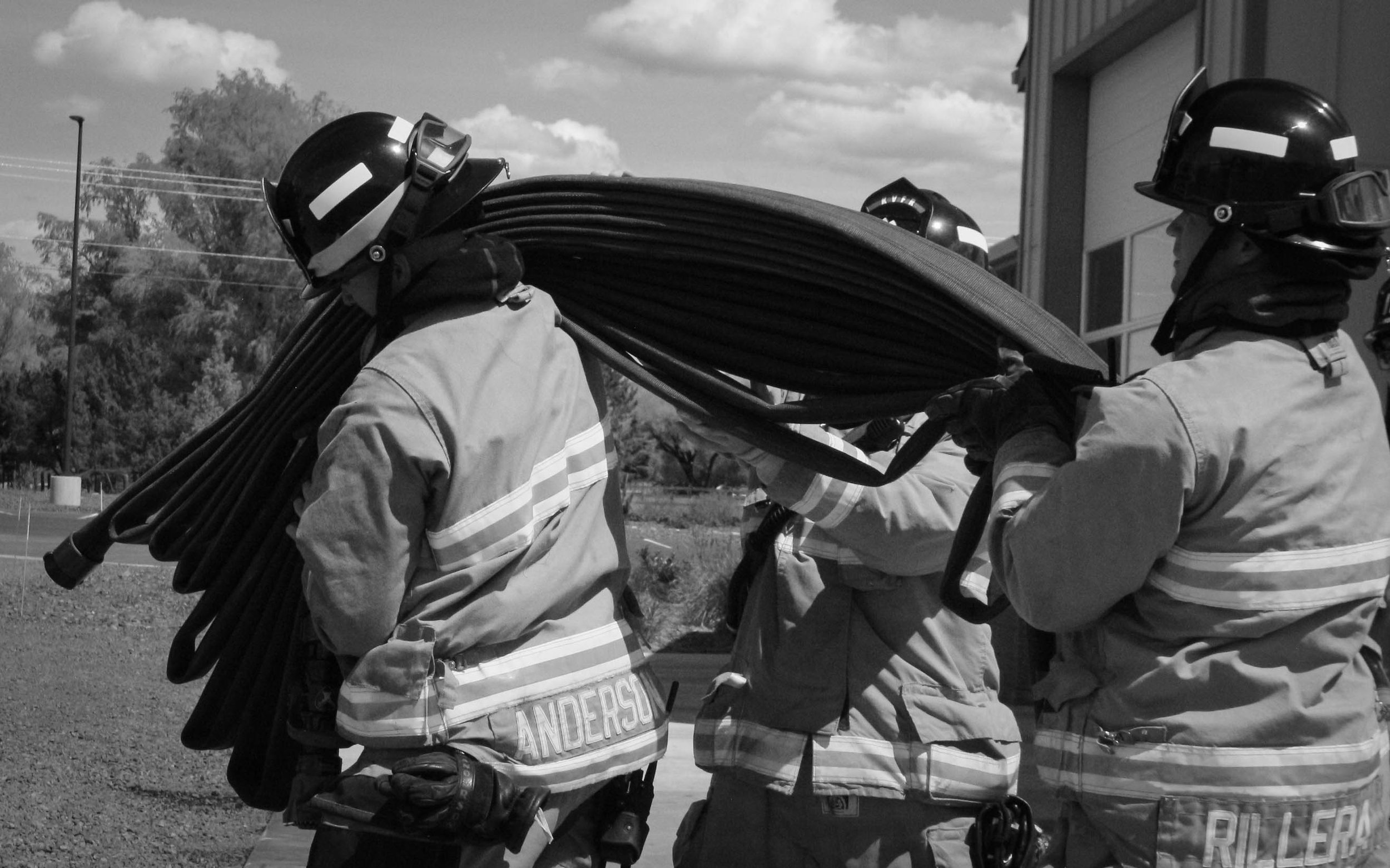
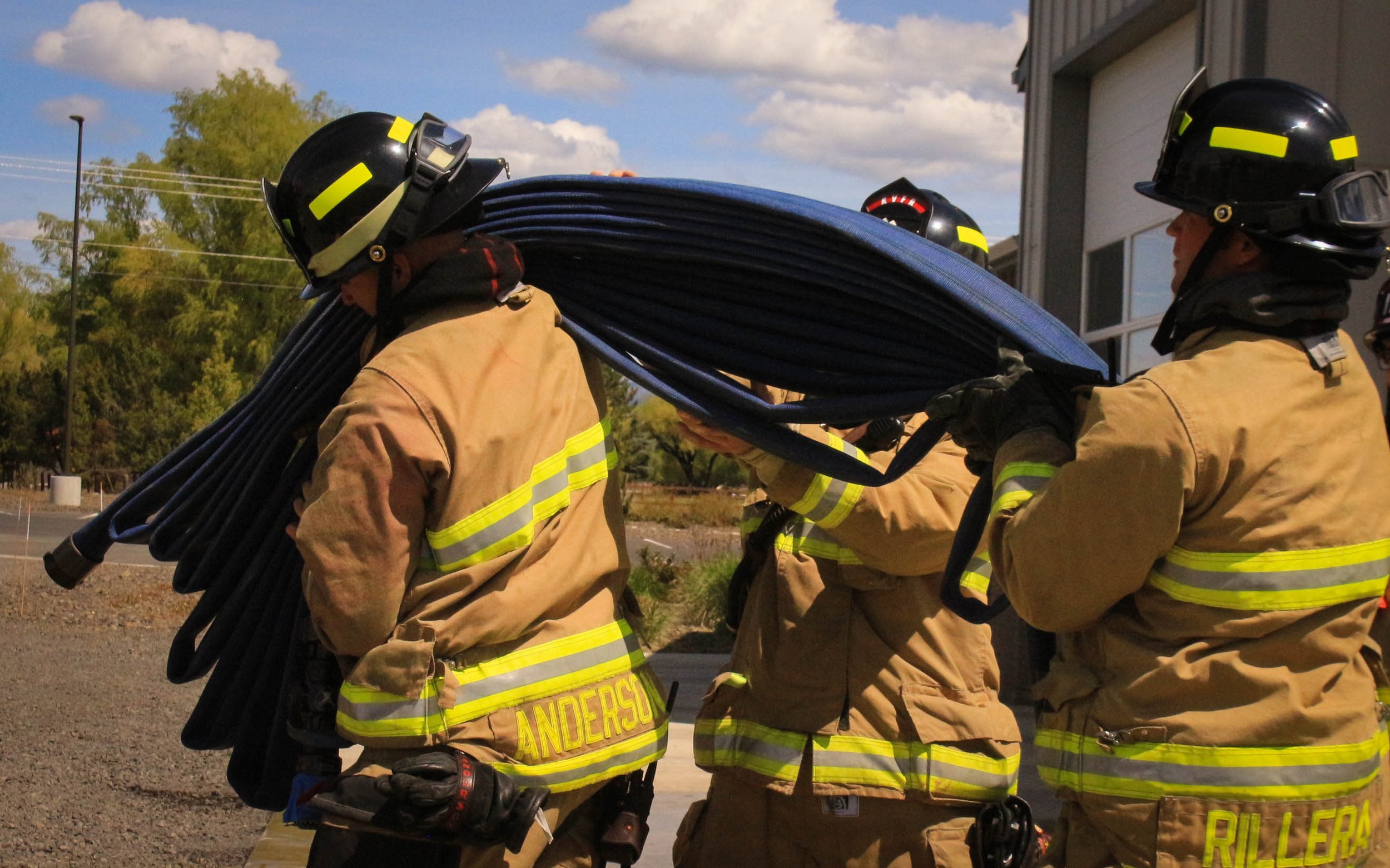


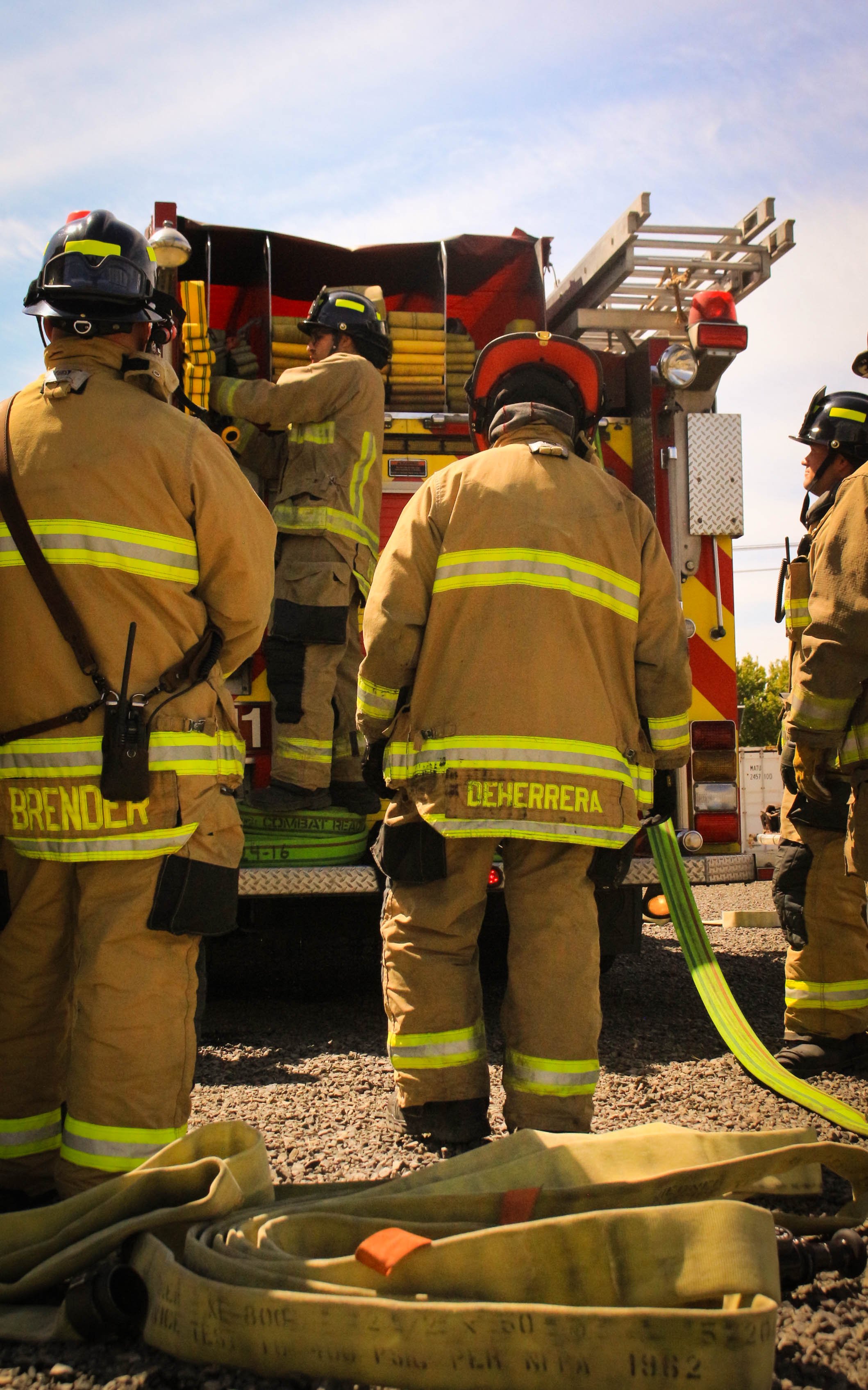

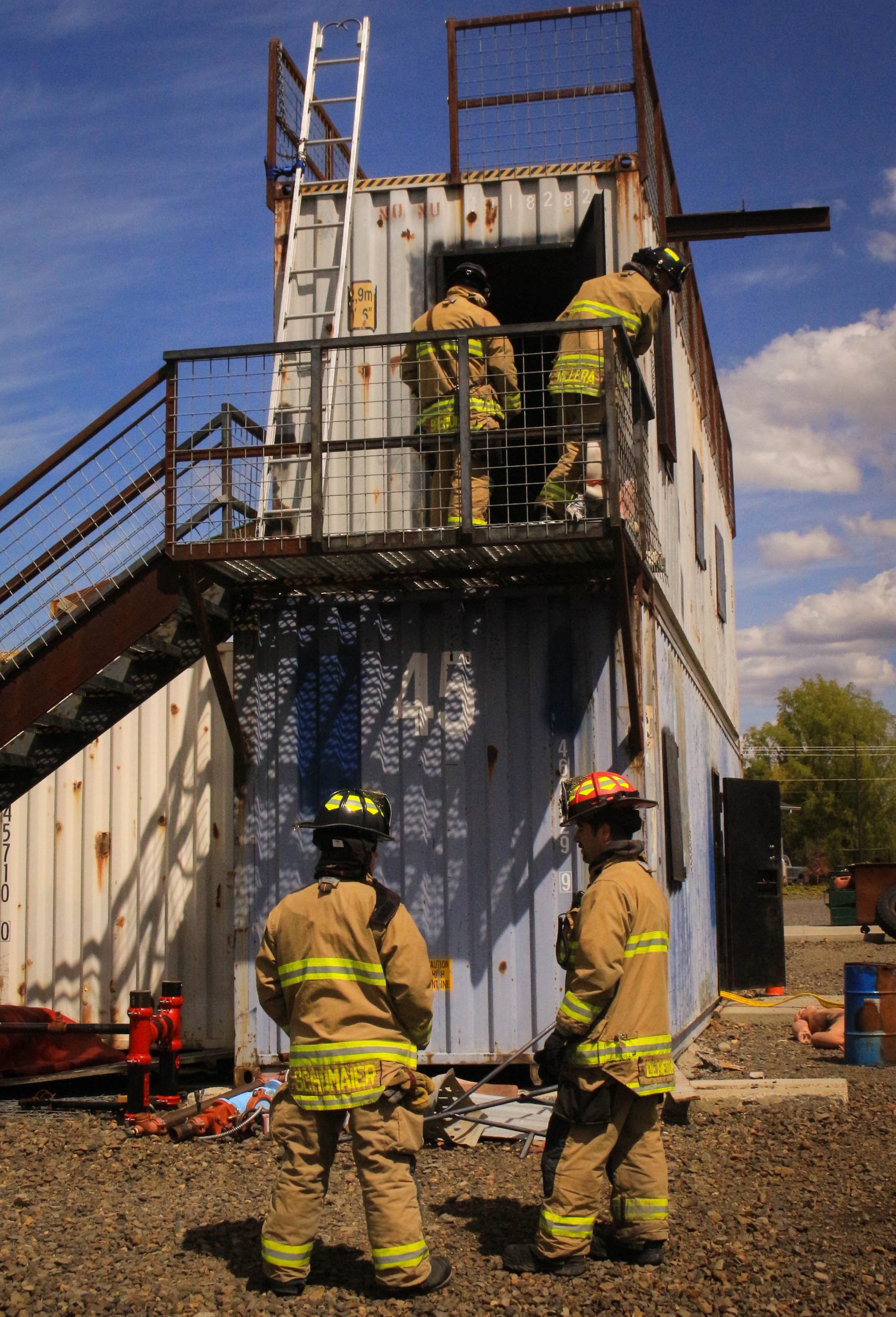
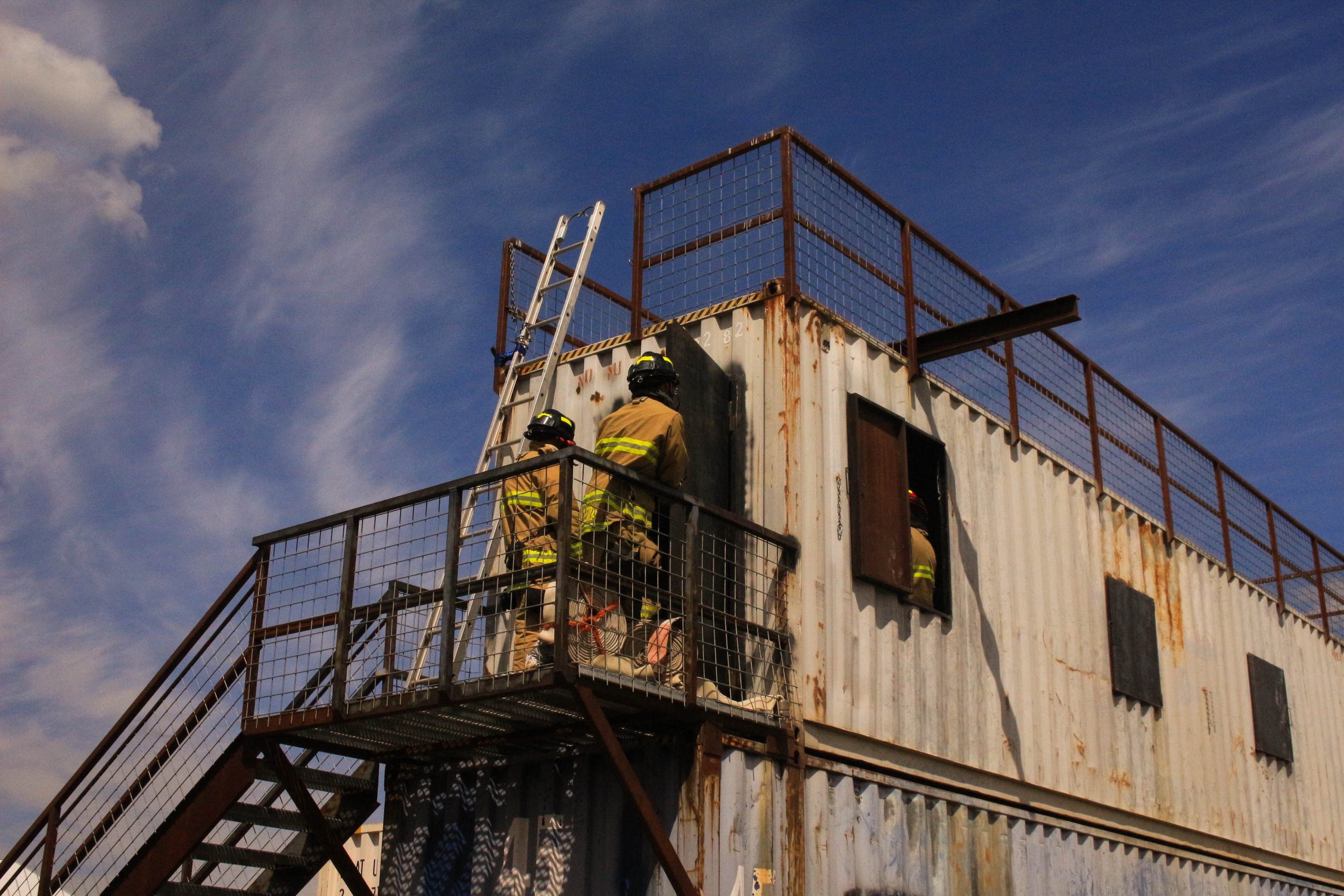


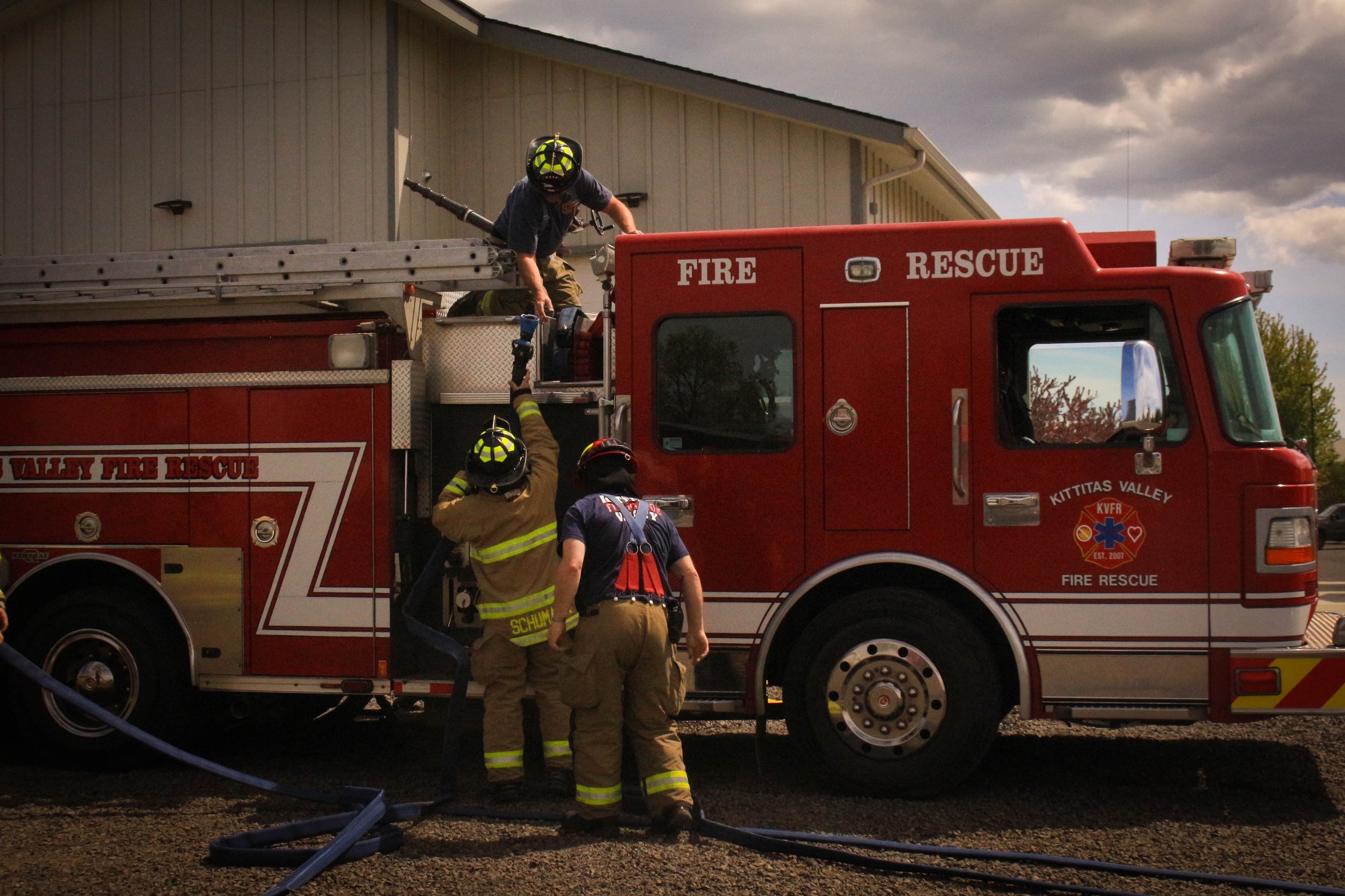
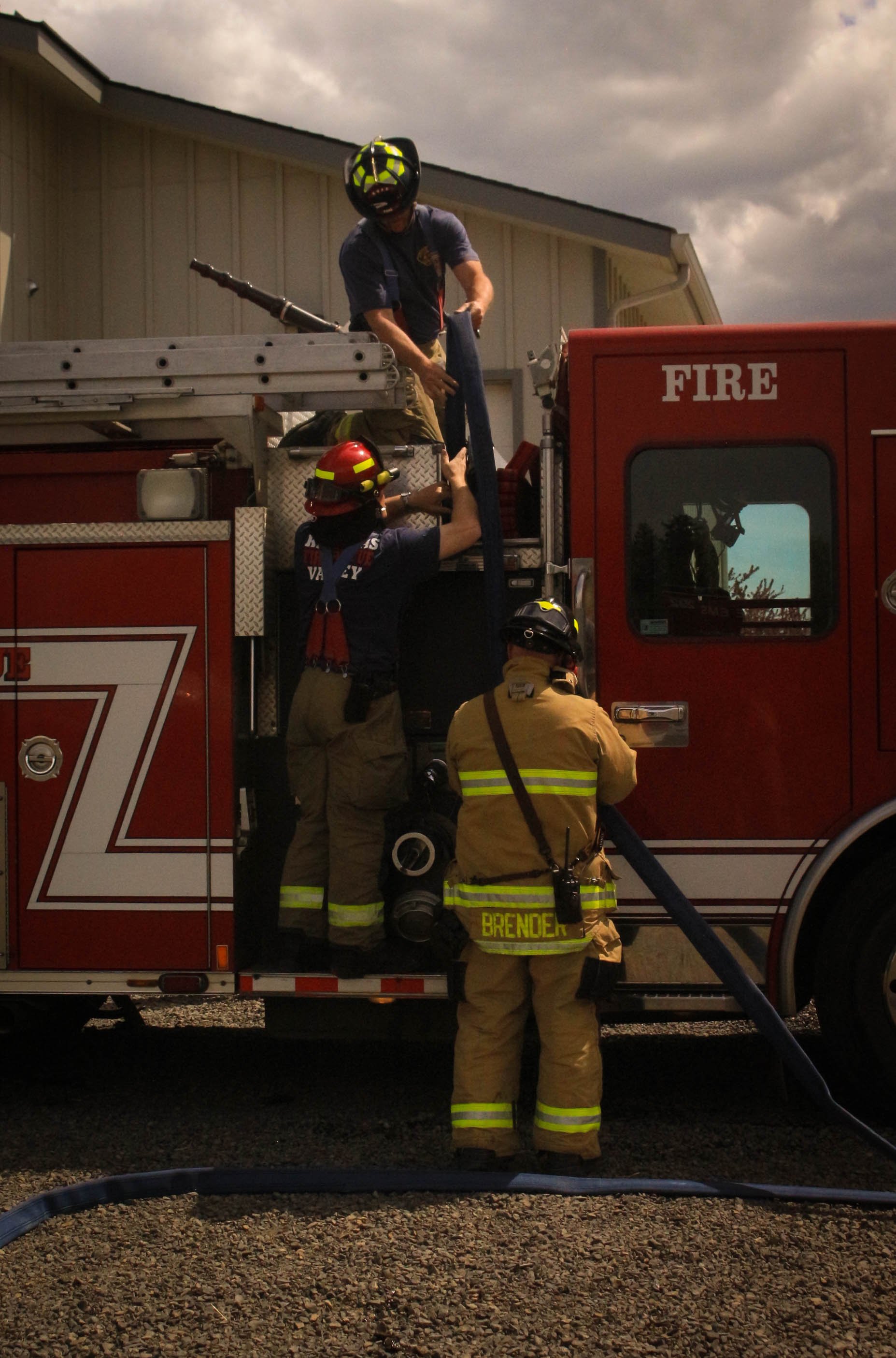
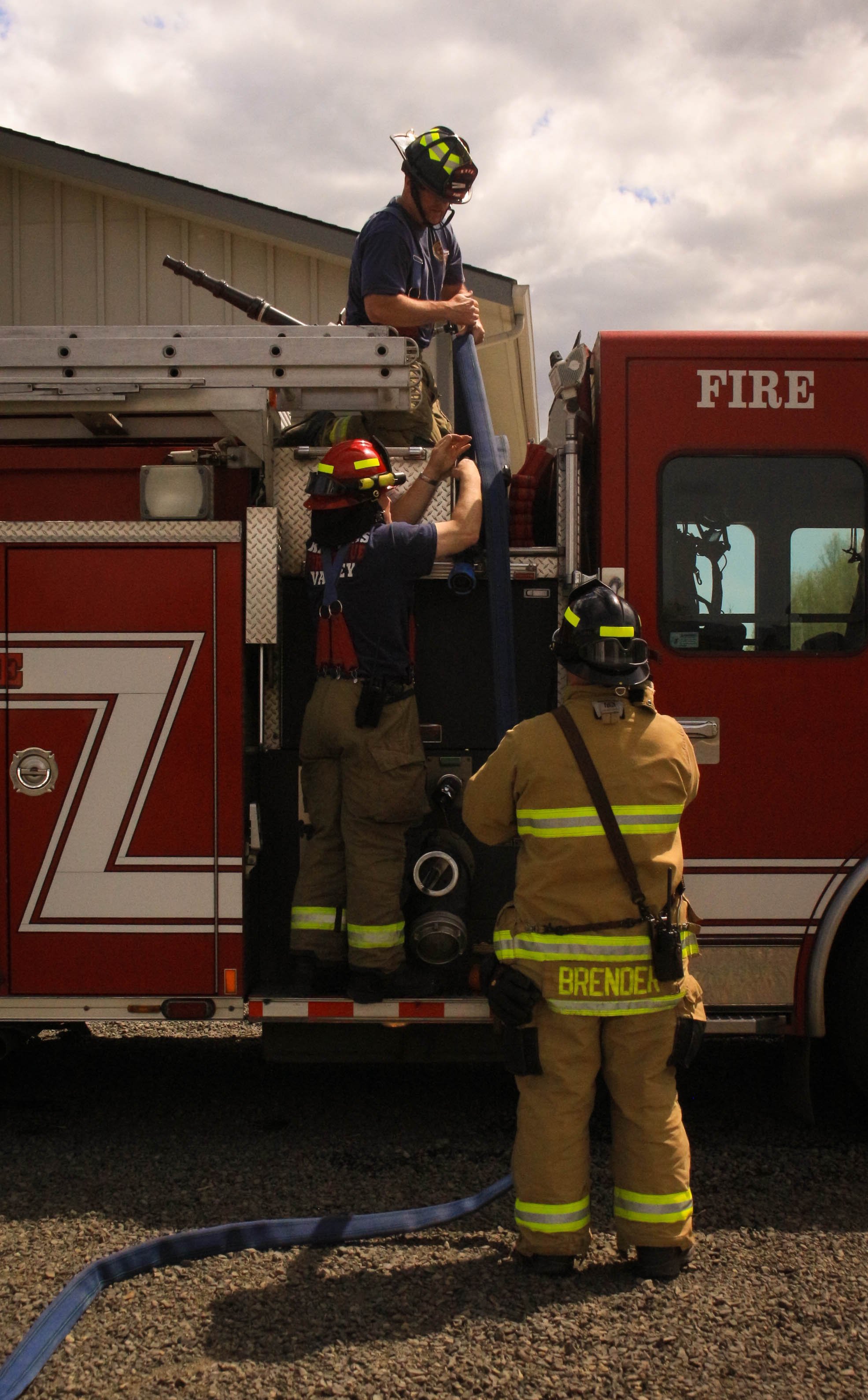

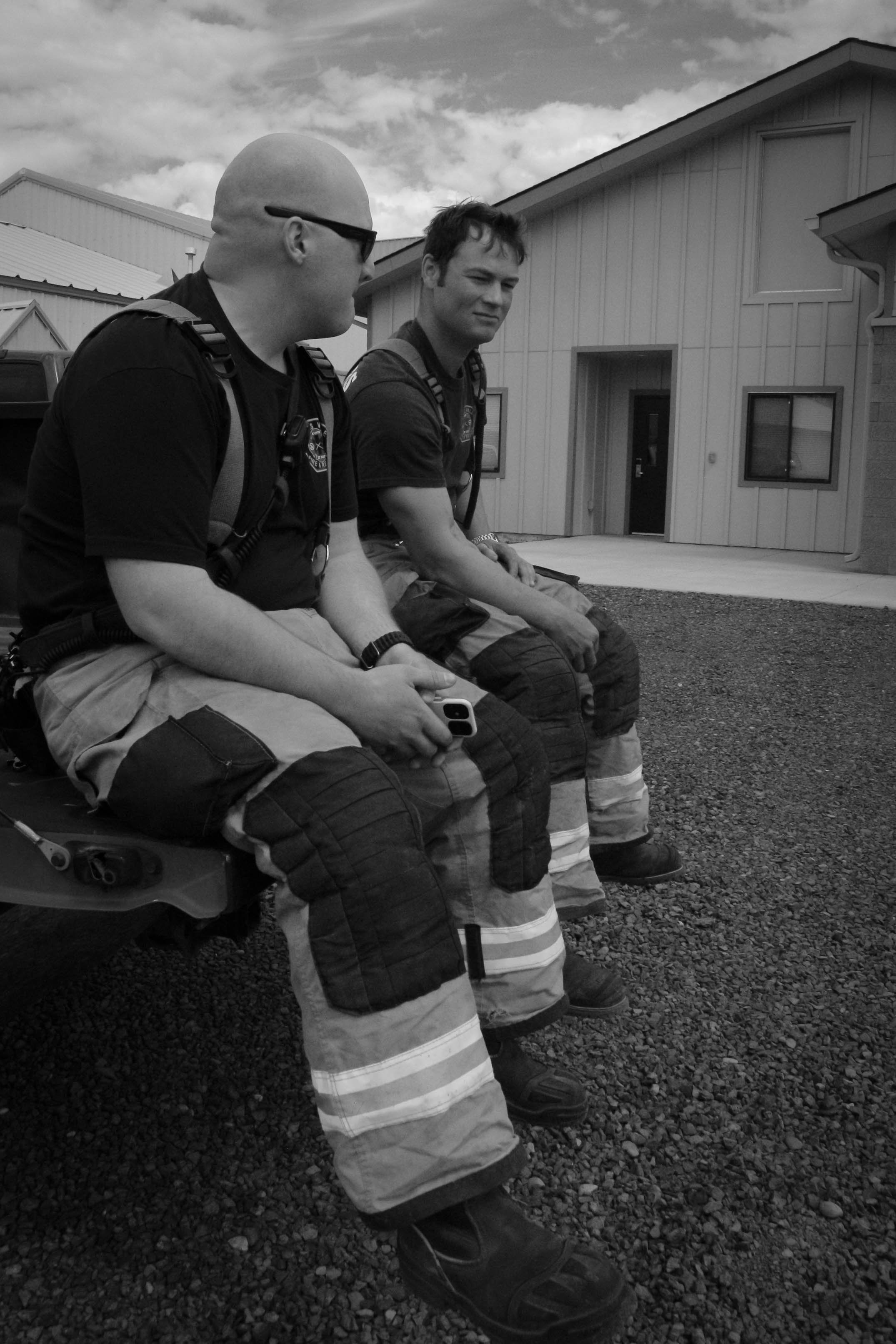




8 a.m.
Upon arriving and conducting our ride-along with firefighter crew ‘B,’ Lindsie and I were greeted by our shift’s leader, Captain Carter. He escorted us to our rooms for our overnight stay. As a firefighter, everyone has their own room that they must live in for the duration of their shift. Typically, around 9 p.m. when calls subside, crew members can rest in their rooms until a call is announced.
Every room is equipped with both a flashing red light and an intercom speaker. When a call is sent out to station 2-9, the light flashes bright red and is followed by an alarm and a short description of the emergency call. While each shift begins at around 8 a.m., firefighters typically arrive 30 minutes beforehand to unpack their things and check-in; by 8 a.m., the previous shift checks out and the new shift prepares to meet the incoming calls.
8:30 a.m.
After Lindsie and I had settled in our rooms, Captain Carter escorted us around station 2-9’s vast facilities. From a multitude of different pieces of equipment in their onsite workout room to a modern and furnished kitchen. Station 2-9 ensures a level of comfort that makes the building a second home.
In addition to the amenities, the most active area was at the station’s bays, which are located at the heart of the building. Approximately four bays are on both sides of the large space, each constructed to accommodate the variety of different service vehicles: fire trucks, Emergency Medical Service (EMS) vehicles and a large decommissioned military truck that was transformed to hold hundreds of gallons of water in case of a fire in a remote area.
9:30 a.m.
During our shift, fire station 2-9’s main activity involved taking part in ladder training and subsequent drills at a nearby building, fire station 2-1. Located off Vantage Highway, fire station 2-9 and fire station 2-1 work closely to not only respond to different emergencies, but also work together on trainings.
After Lindsie and I rode shotgun in two different EMS vehicles, we arrived at station 2-1 with the team from station 2-9. We were given a tour of their facilities and met the warm and welcoming 2-1 crew. As 2-9’s members were off in a classroom-style environment being lectured on rope rescue training, Lindsie and I watched 2-1’s crew facilitate and execute a fire drill. Alarms rang signaling a typical fire-related call and once the team geared up, they quickly loaded into their fire truck and drove behind the 2-1’s fire station to a makeshift home that was filled with smoke.
While an actual fire was not started and rather a smoke machine was used, these drills are typical for firefighters during their daily routines outside of the public eye. One of the most fundamental acts of being a firefighter is consistently practicing the many components a team must perfect to ensure a safe response and rescue.
Noon
Lindsie and I returned with Captain Carter in 2-9’s fire truck around their typical lunchtimes. On our way back, I sat in the passenger seat, enthralled by the multitude of switches and buttons that populate the vehicle’s console. Upon returning to station 2-9, we were given a brief lunch period.
While firefighters remain active the entire 24-hour shift, each team is made up of five or six firefighters who normally switch between different calls. When a call is announced, only two or three firefighters head out from their station, giving the others a chance to eat or do chores around the facilities.
1 p.m.
Upon finishing our meals, Lindsie and I set out to join the teams of 2-9 on different calls. The only sounds that are heard after a medical-related call are that of footsteps hustling to the EMS vehicles. The silence of the firefighters is an embodiment of their diligence to their positions; as they file into their vehicle, the driver gets into their seat, gripping the steering wheel as they prepare to speed towards the destination. Another firefighter sits in the passenger's side, equipped with an iPad to inform the crew of the emergency they're speeding towards. Lastly, a third gets in the back of the truck, prepping an equipment bag to be ready to bring with them once they reach their destination.
We were in ride-alongs driving anywhere from outside east Ellensburg, responding to an emergency of an elderly individual, to a search-and-rescue operation in the wilderness of the Yakima Valley, where a hiker had broken his leg.
The multitude of different calls highlights the abruptness and the ever-changing landscape of the life of a firefighter. The crew must always prepare for drastic situations in any type of environment and be willing to put all their energy in each call.
Captain Carter explains that a firefighter’s first year on the job is referred to as the “probation period,” which involves a multitude of tests and tasks that one must complete at their station after graduating from their school. One of the most fundamentally important tests as a firefighter is memorizing the layout of the city around one’s station. “At our fire station, our footprint is the valley’s floor,” Captain Carter says. “At the end of their probationary year, they are given blank maps and are told to label the roads. There are around 100-200 roads that they both do and don’t know that they have to fill in.”
9 p.m.
The day for firefighters normally ends around 9 p.m., and while there are a multitude of possible emergency calls that might come in during the night, Captain Carter believes that the team should always eat dinner together, like a family having supper. However, even after bellies become full and the small talks turn to good-hearted laughs, each crew member designates himself a position. From filling the dishwashers and cleaning the table to wrapping up leftovers to store in the fridge, even when they’re not responding to calls, they are still doing team-related activities. While dispatch still announces calls late in the night, it was at this moment at the dinner table that I realized the true spirit and camaraderie of our crew.
After plates have been washed, their job still continues on into the night. Captain Carter upholds that communication is an integral part in their line of duty and demands one’s full attention each day. However, it’s also vital to spend time with family as well. Captain Carter explains that “there is a mindset that when you leave home, you leave home there. After working here, it’s important to leave work here.”
Despite Captain Carter stating the importance of a separation between home and work, the beauty of station 2-9 is that they have cultivated a household of their own. Even when the firefighters are at work and consistently being in stressful situations, they still can call each other a second family.

